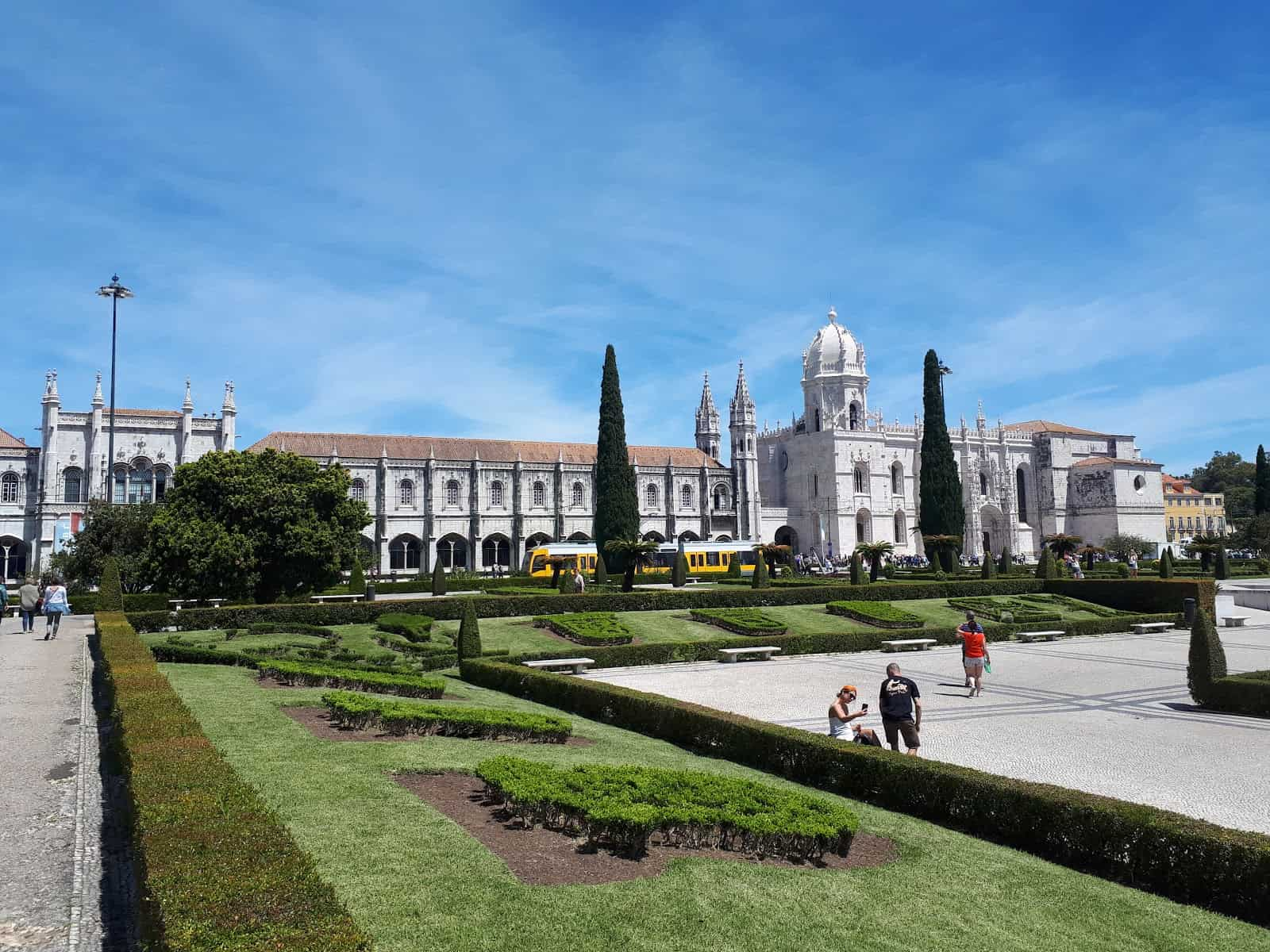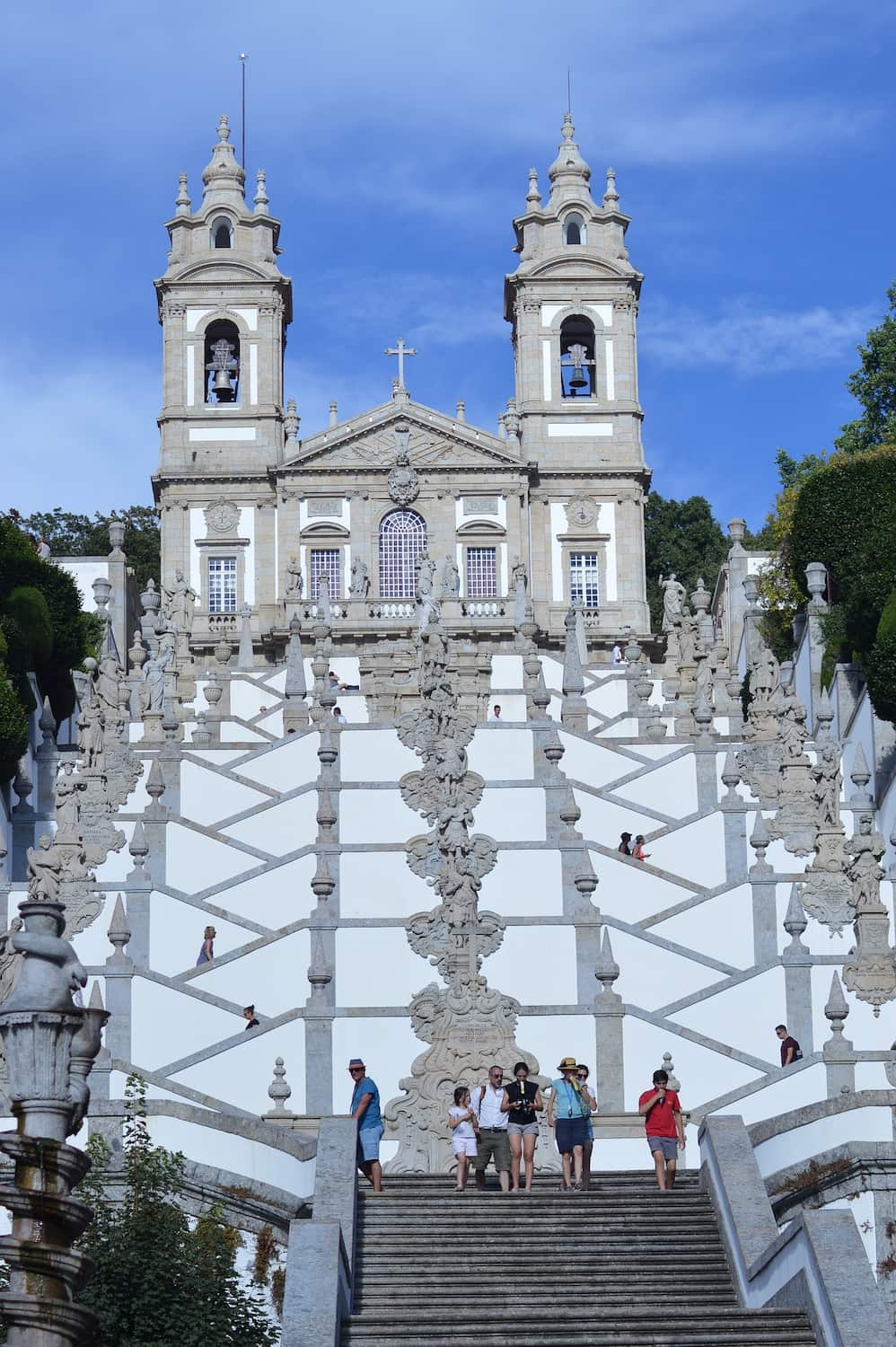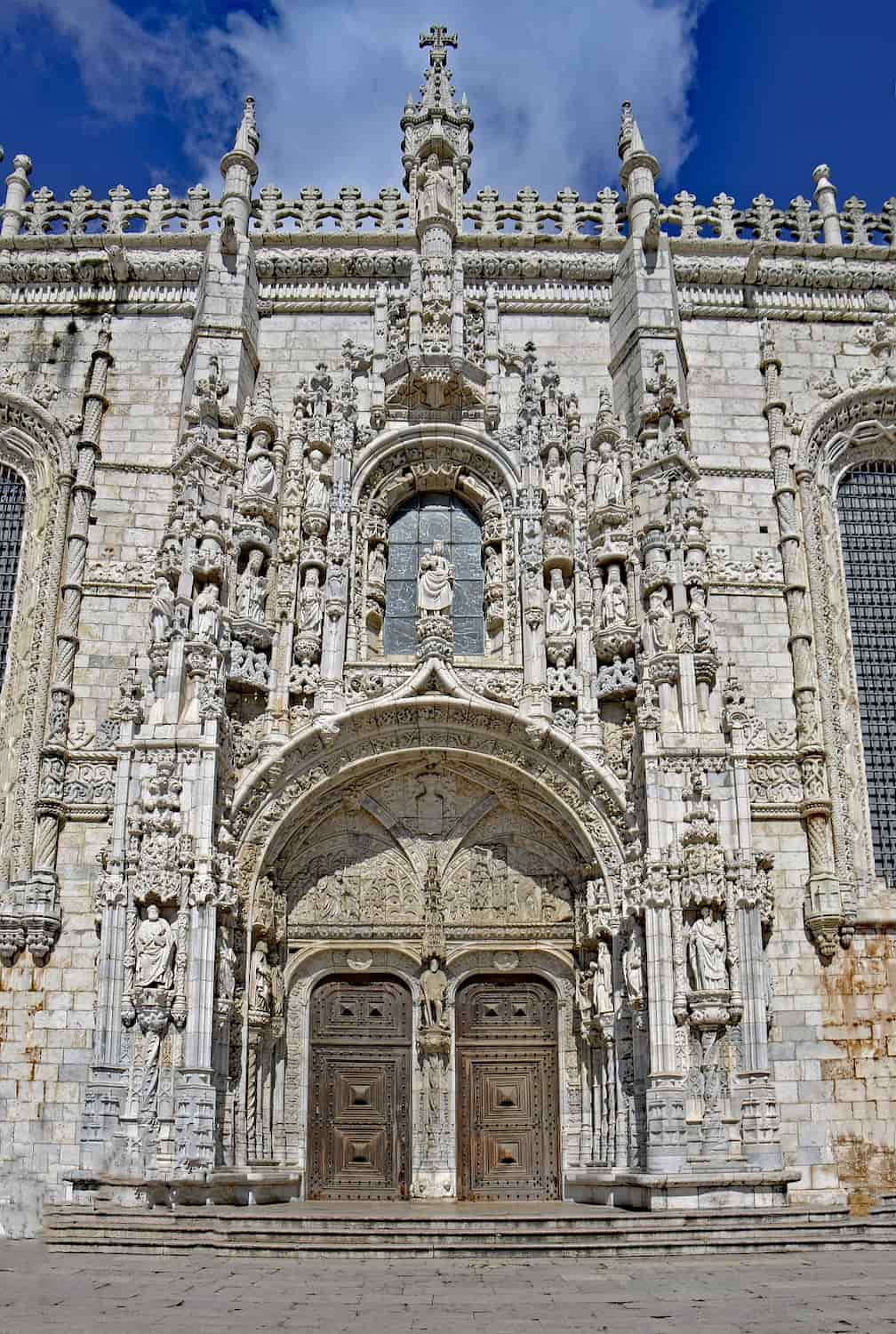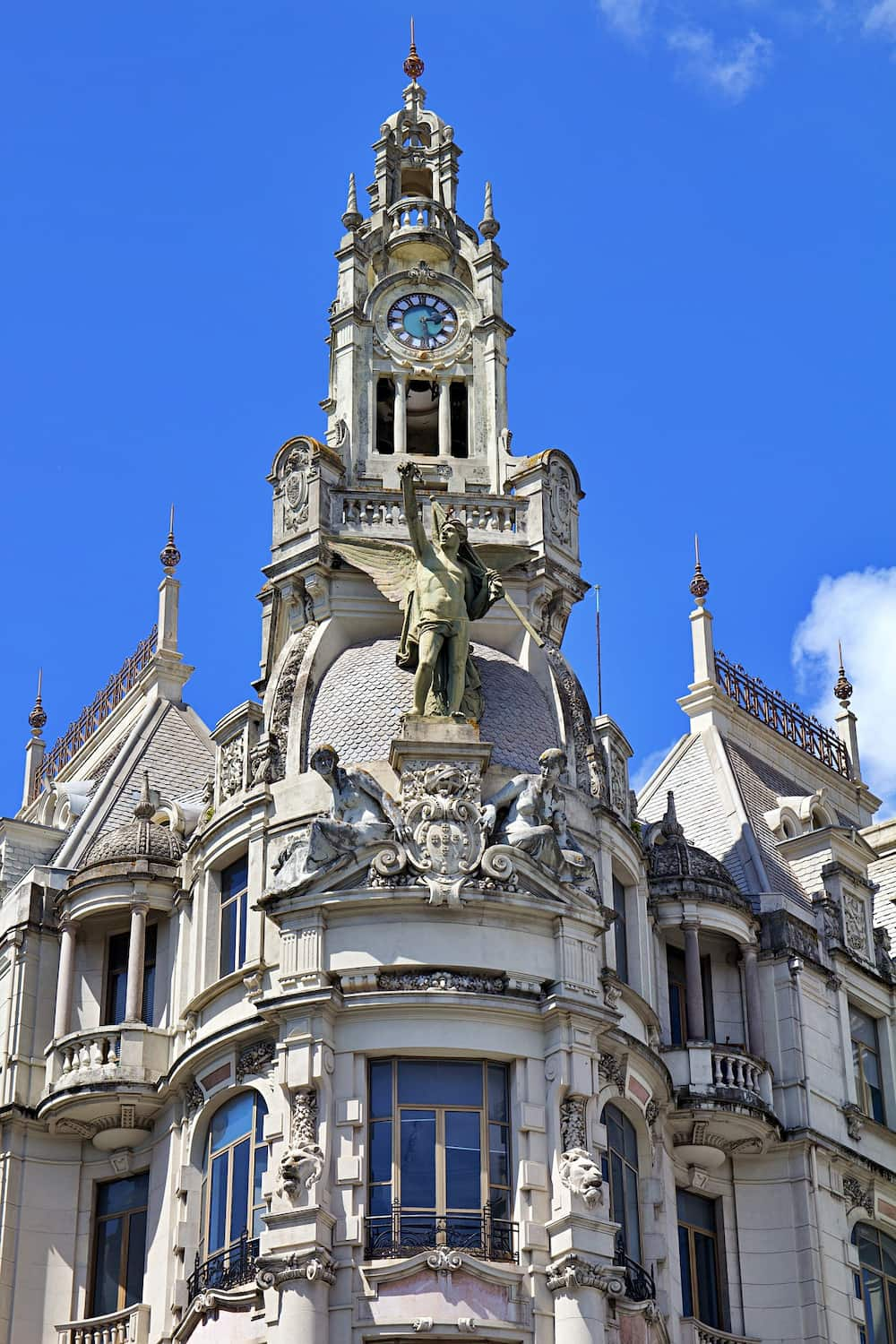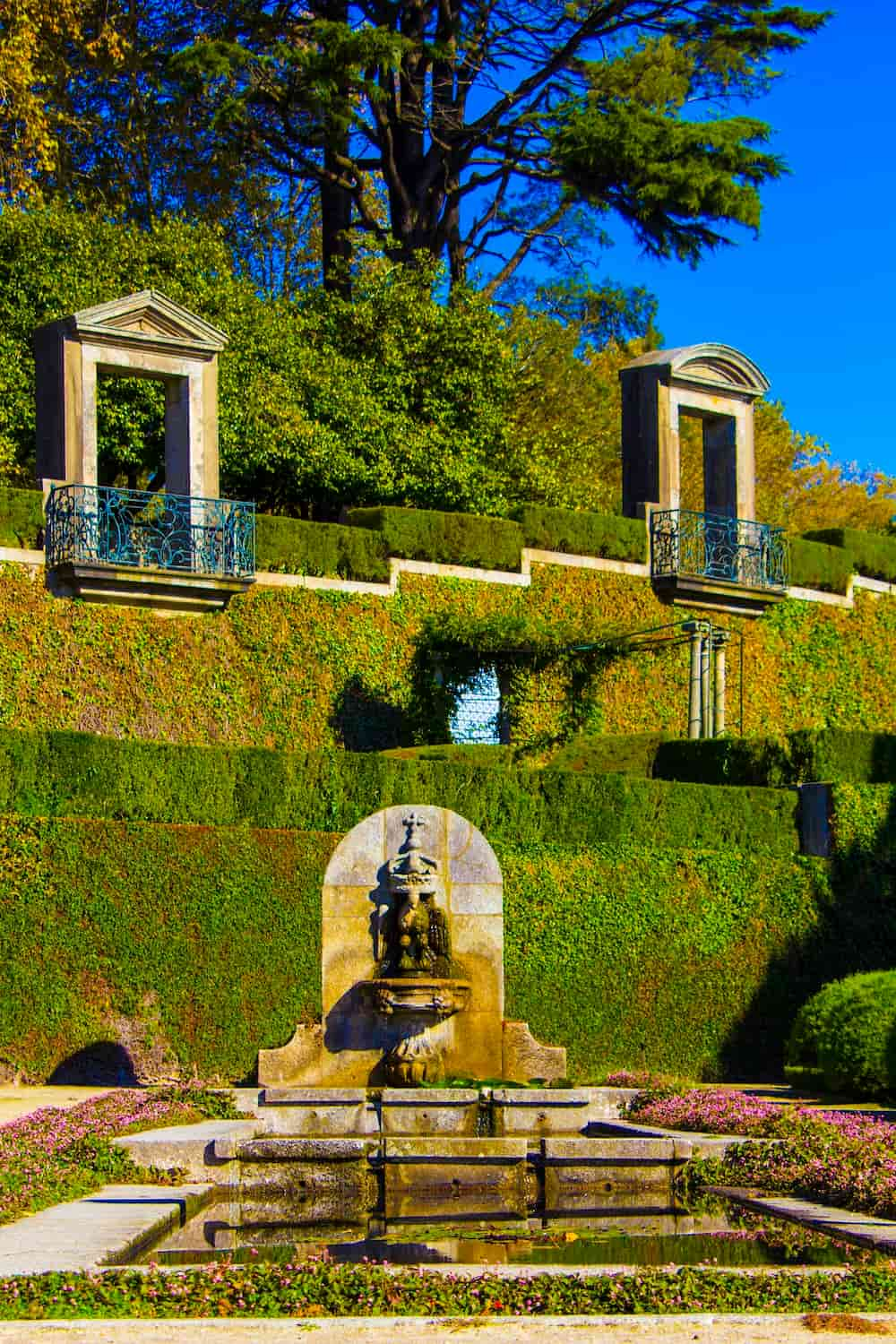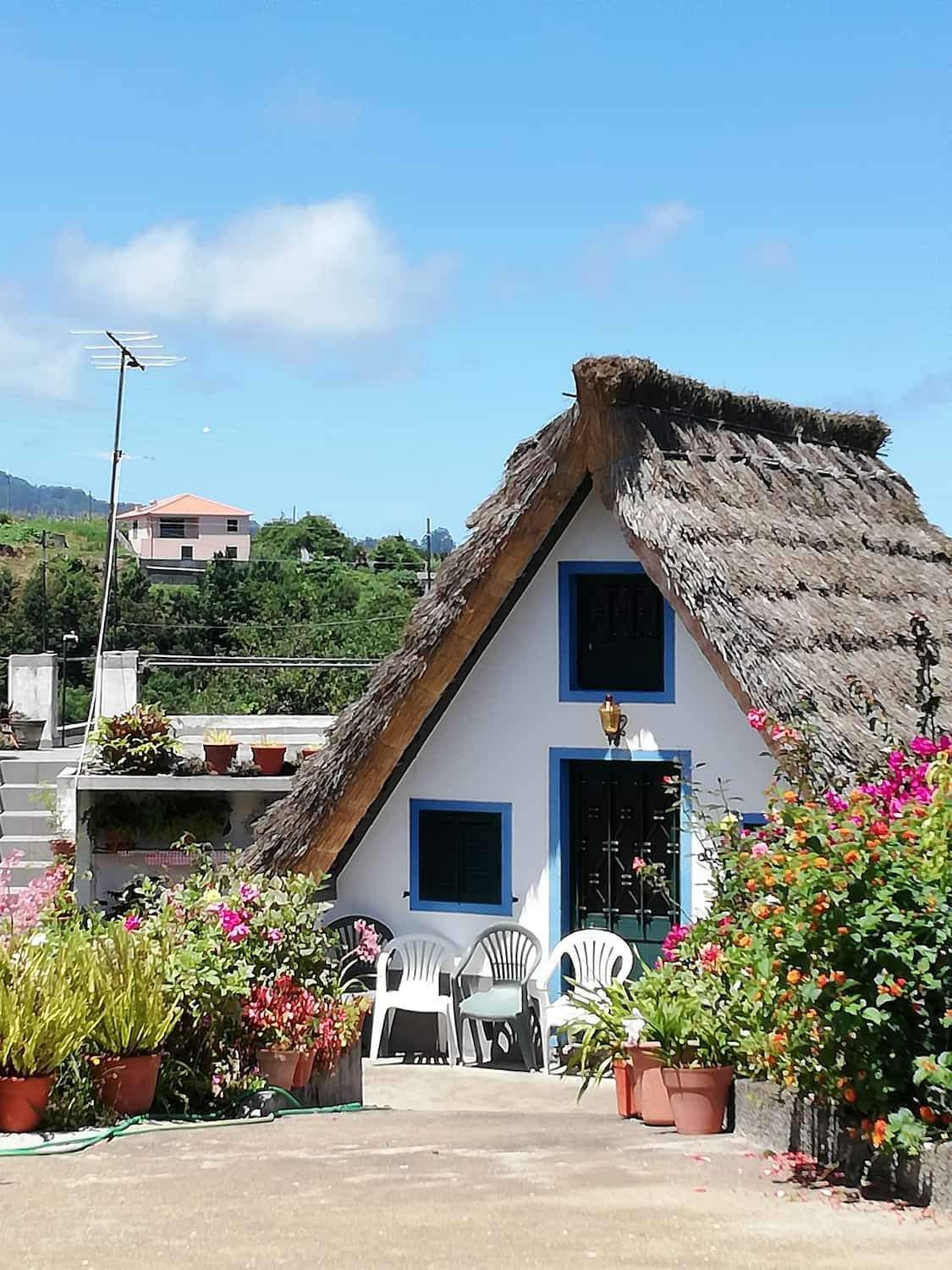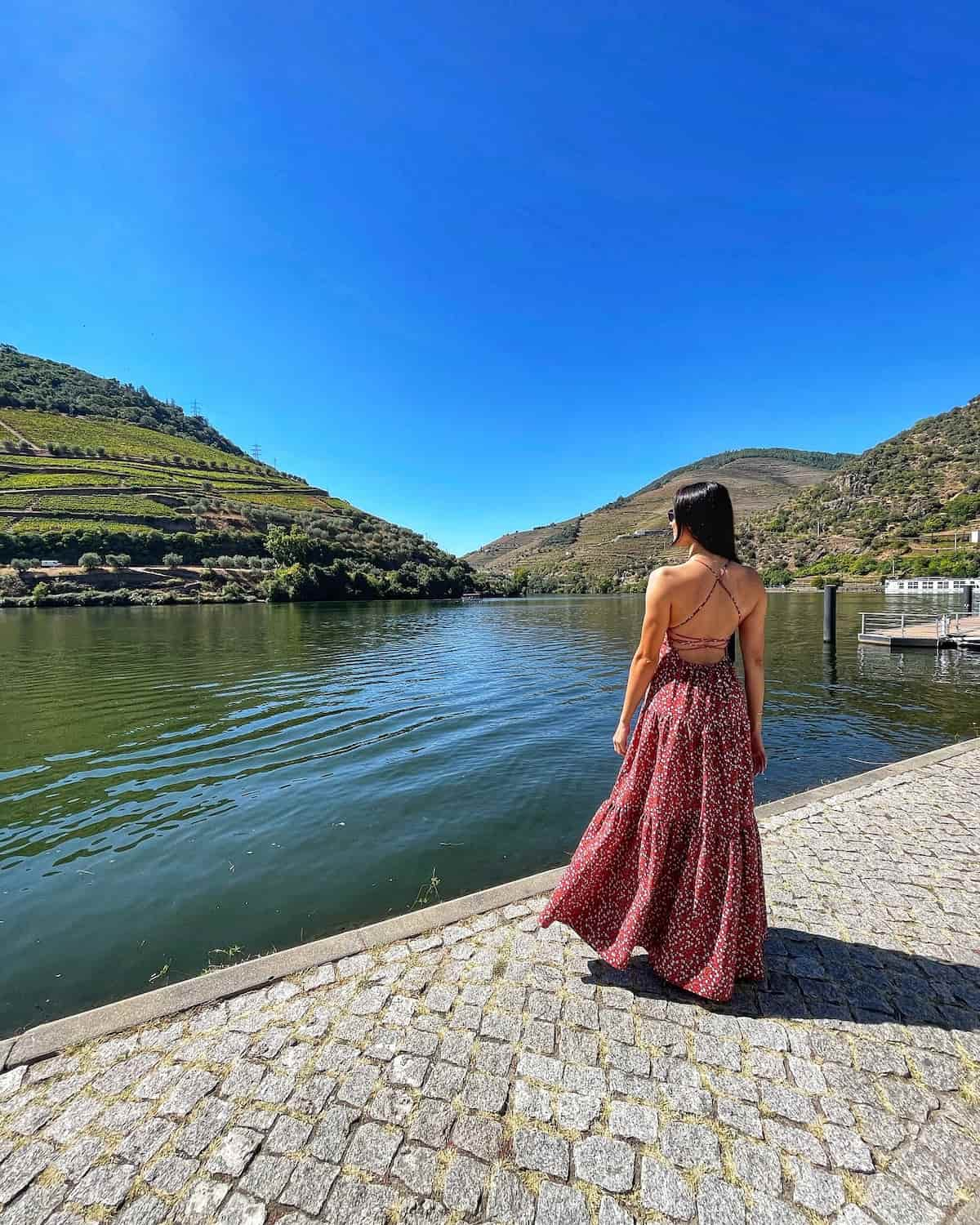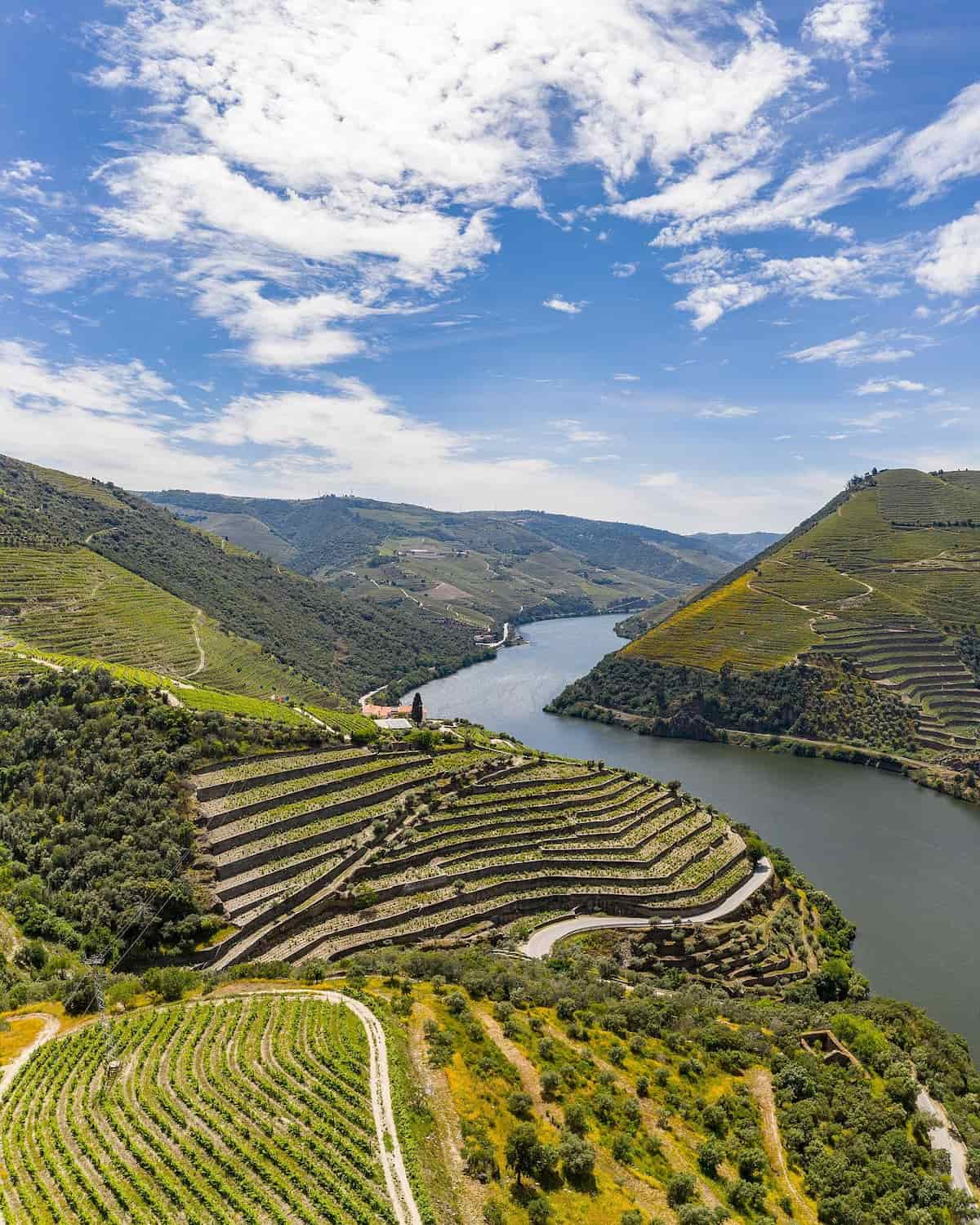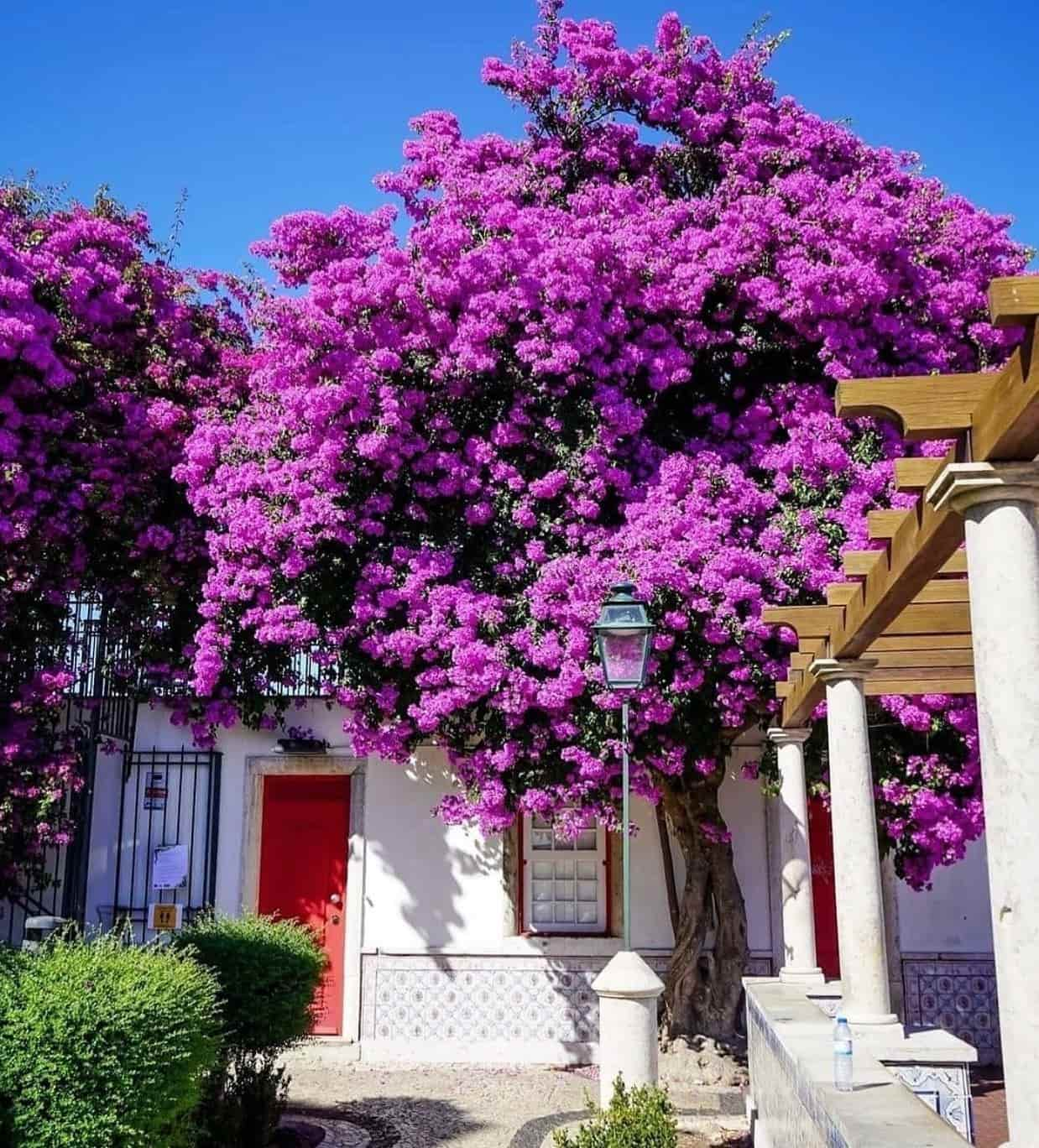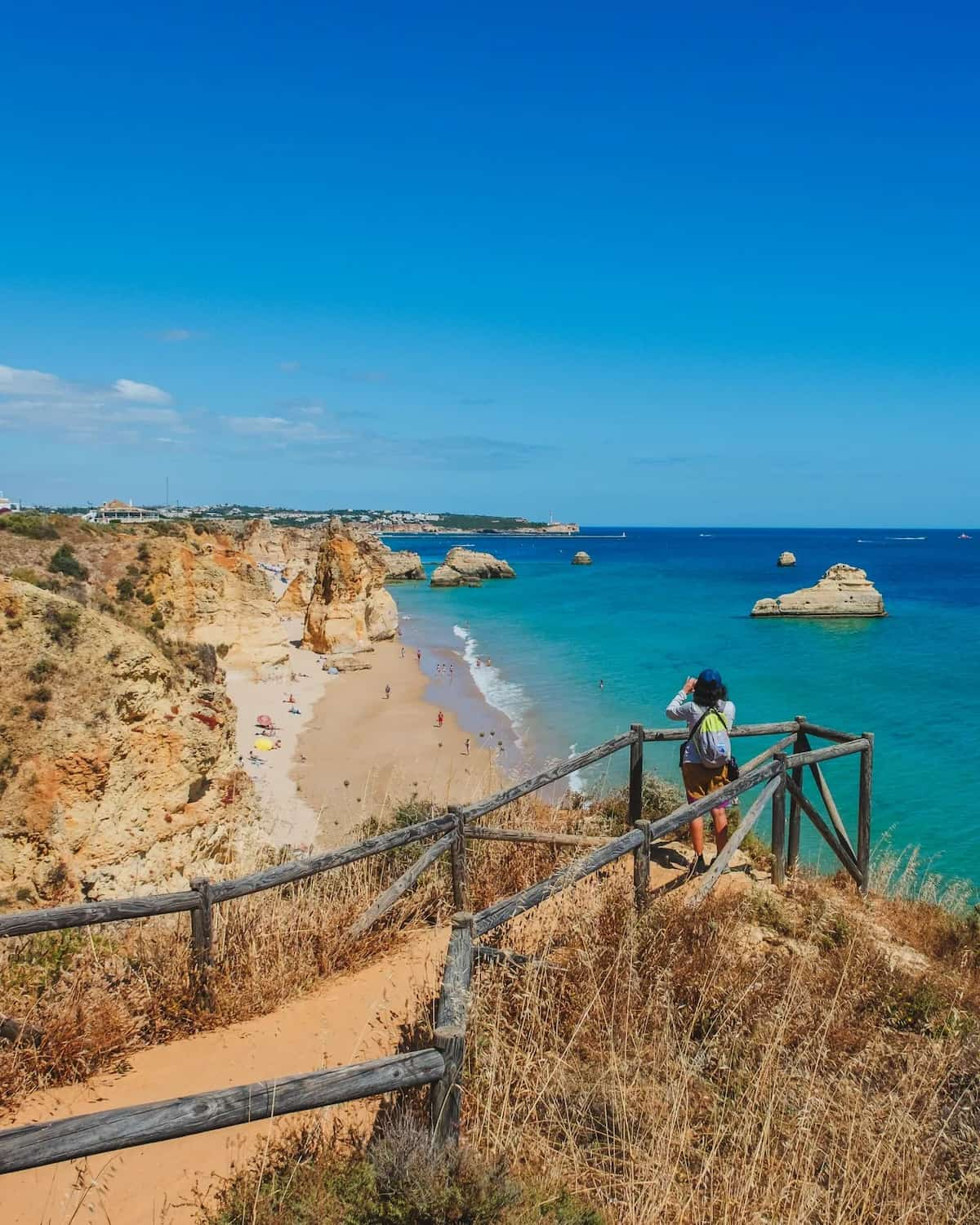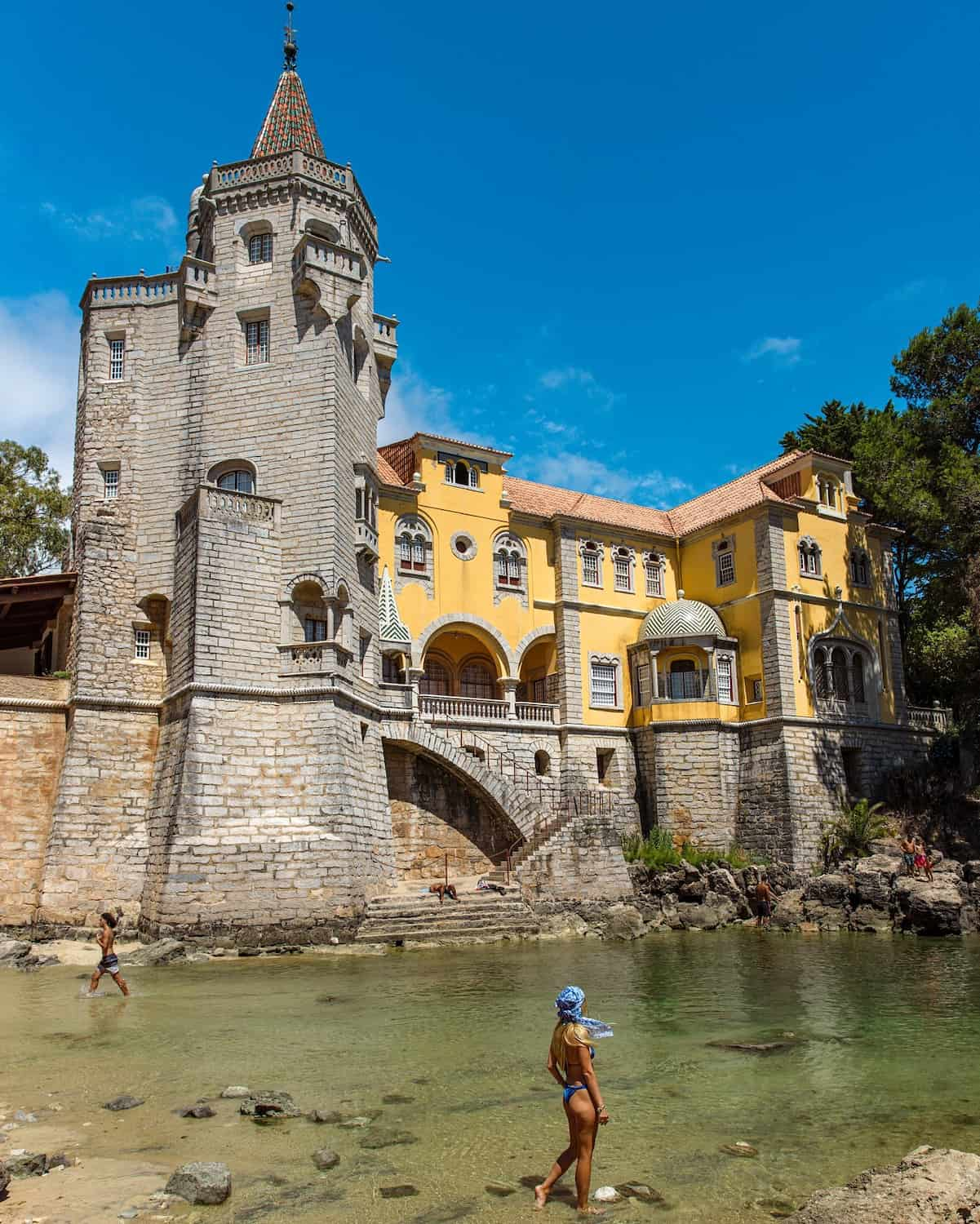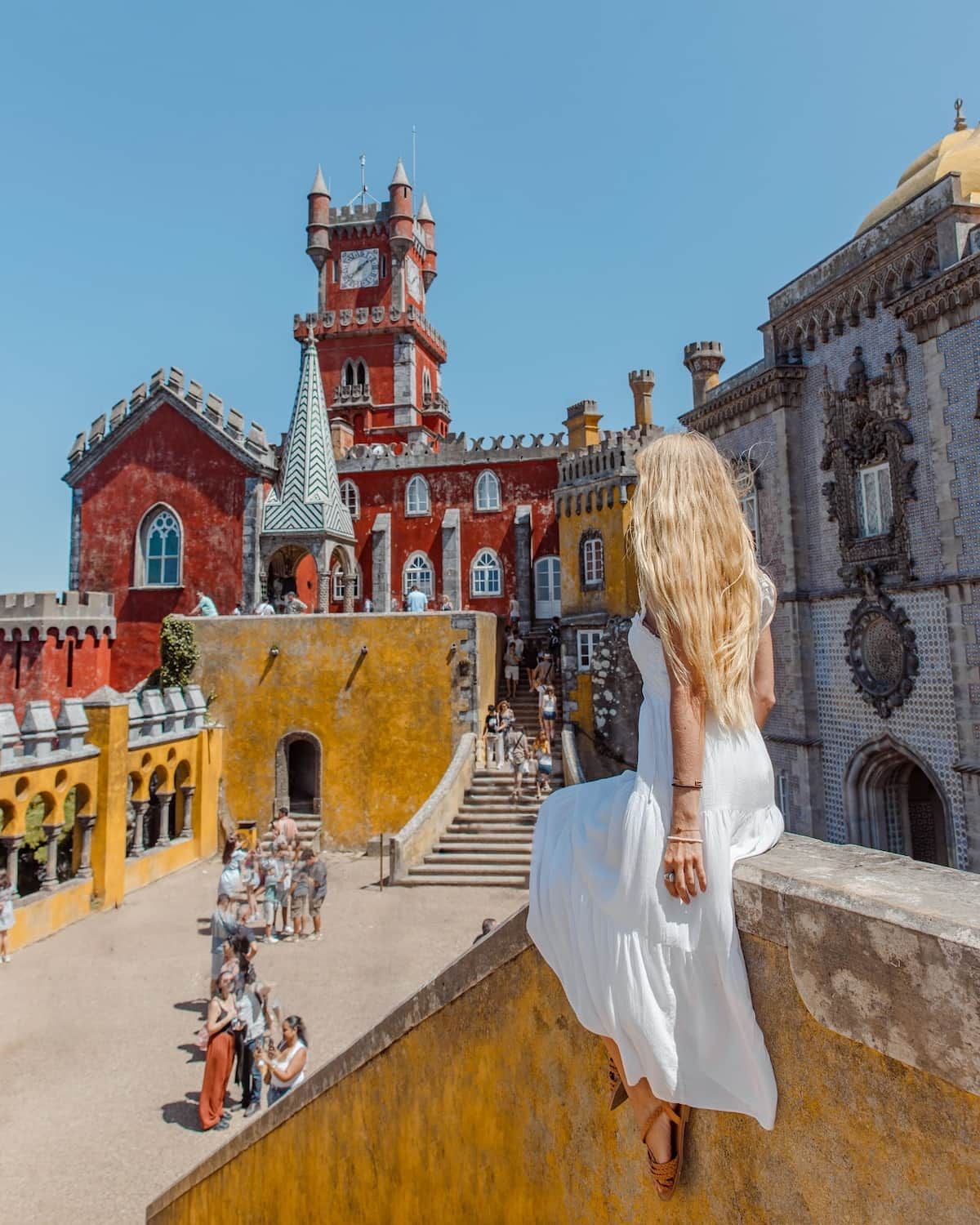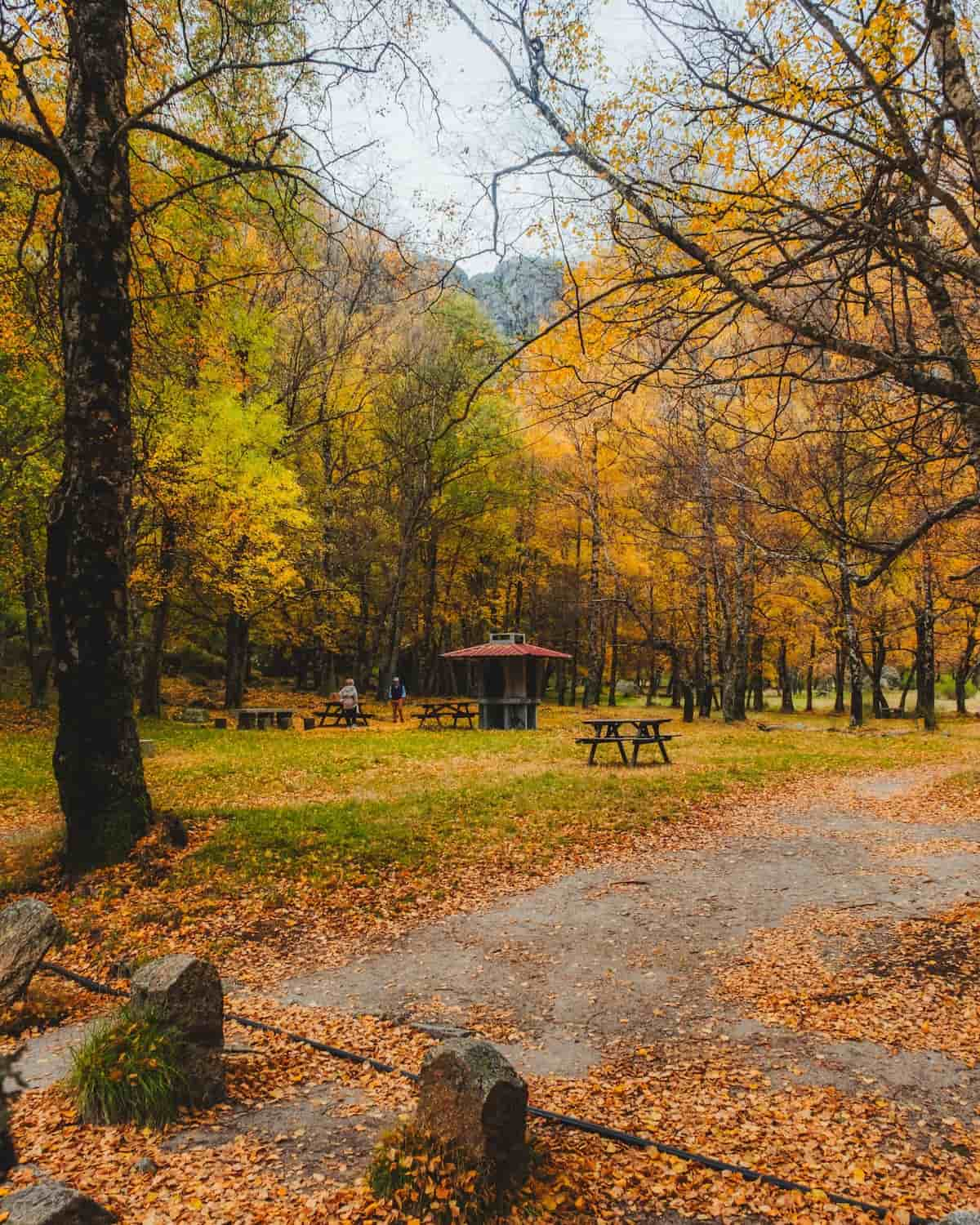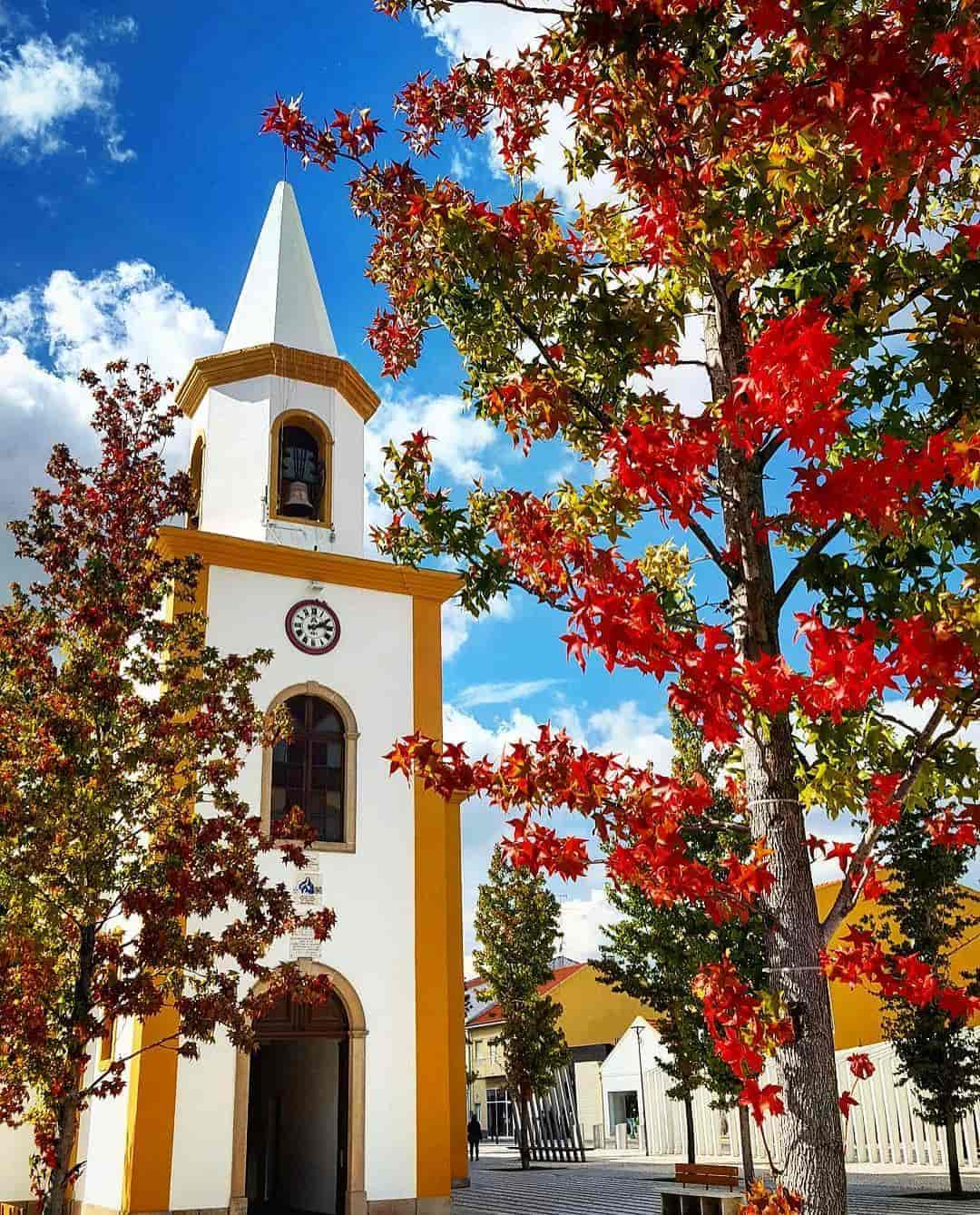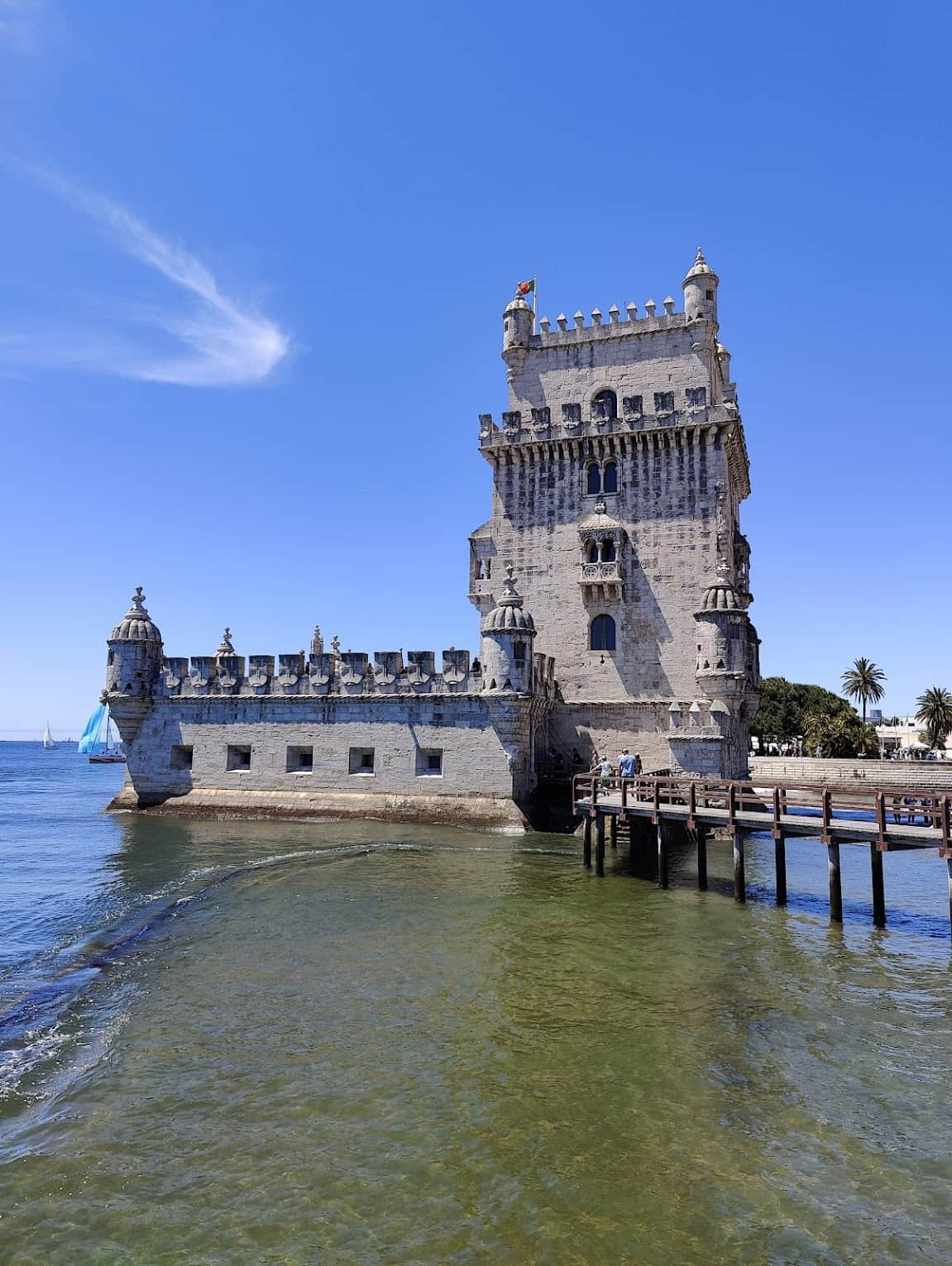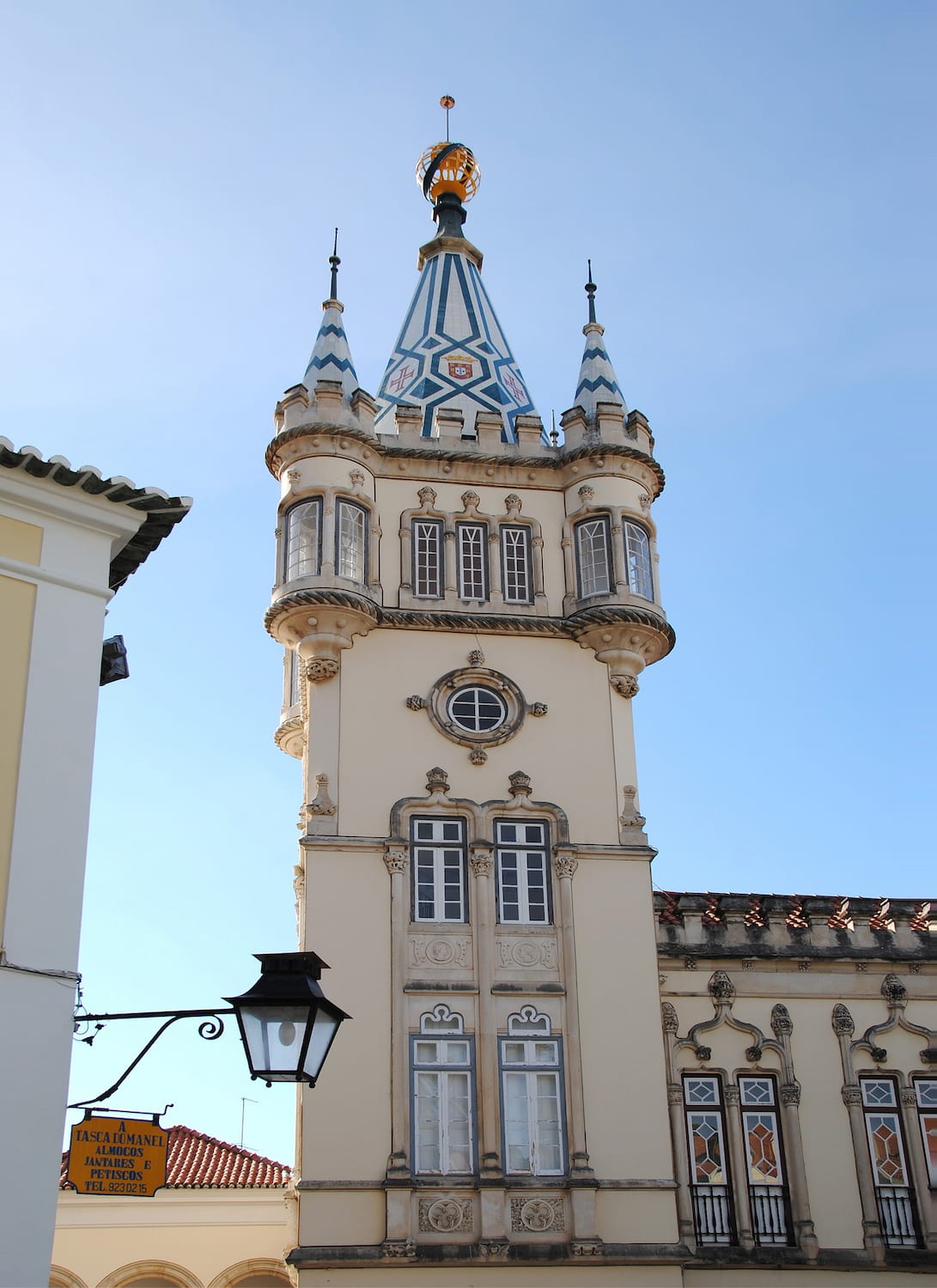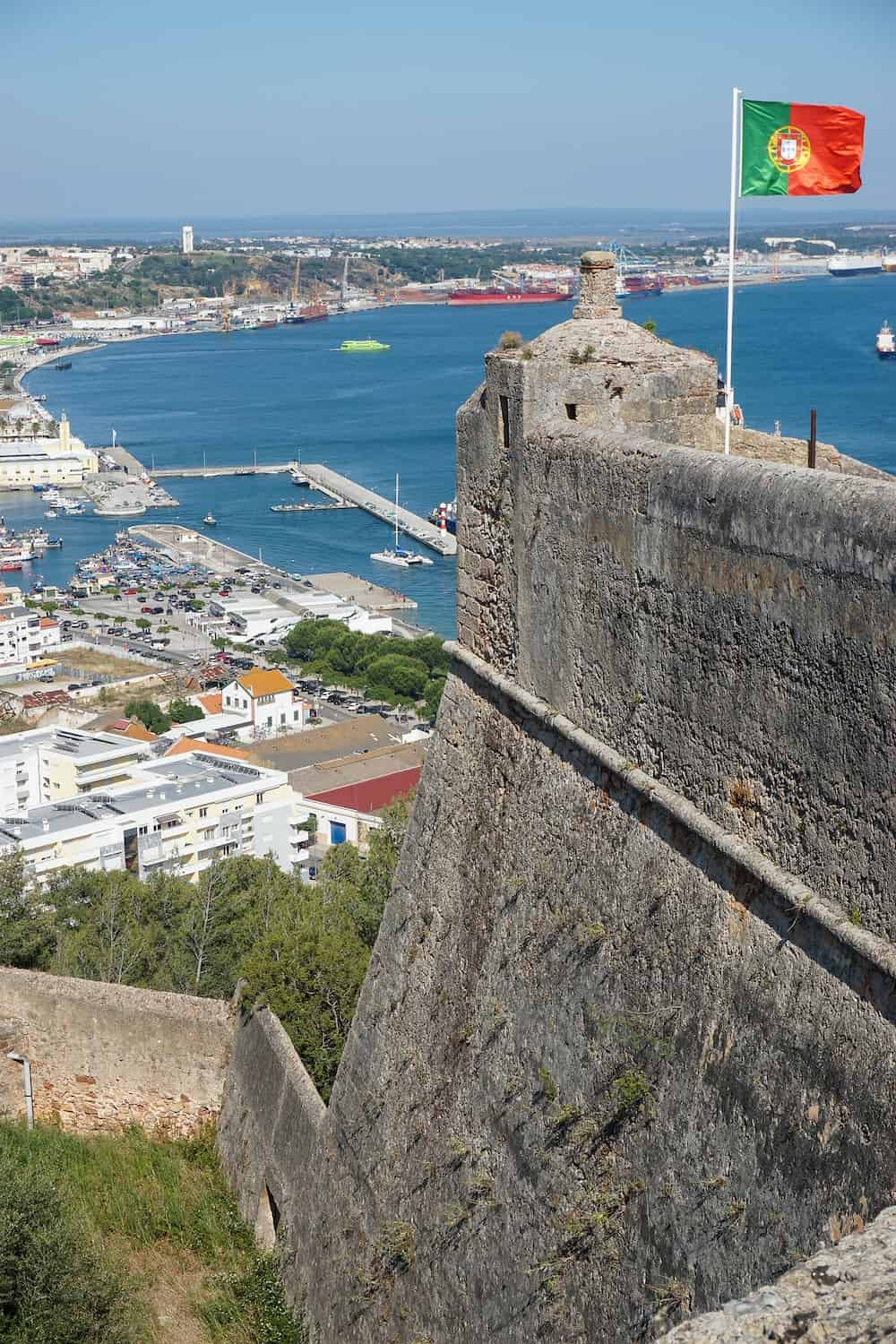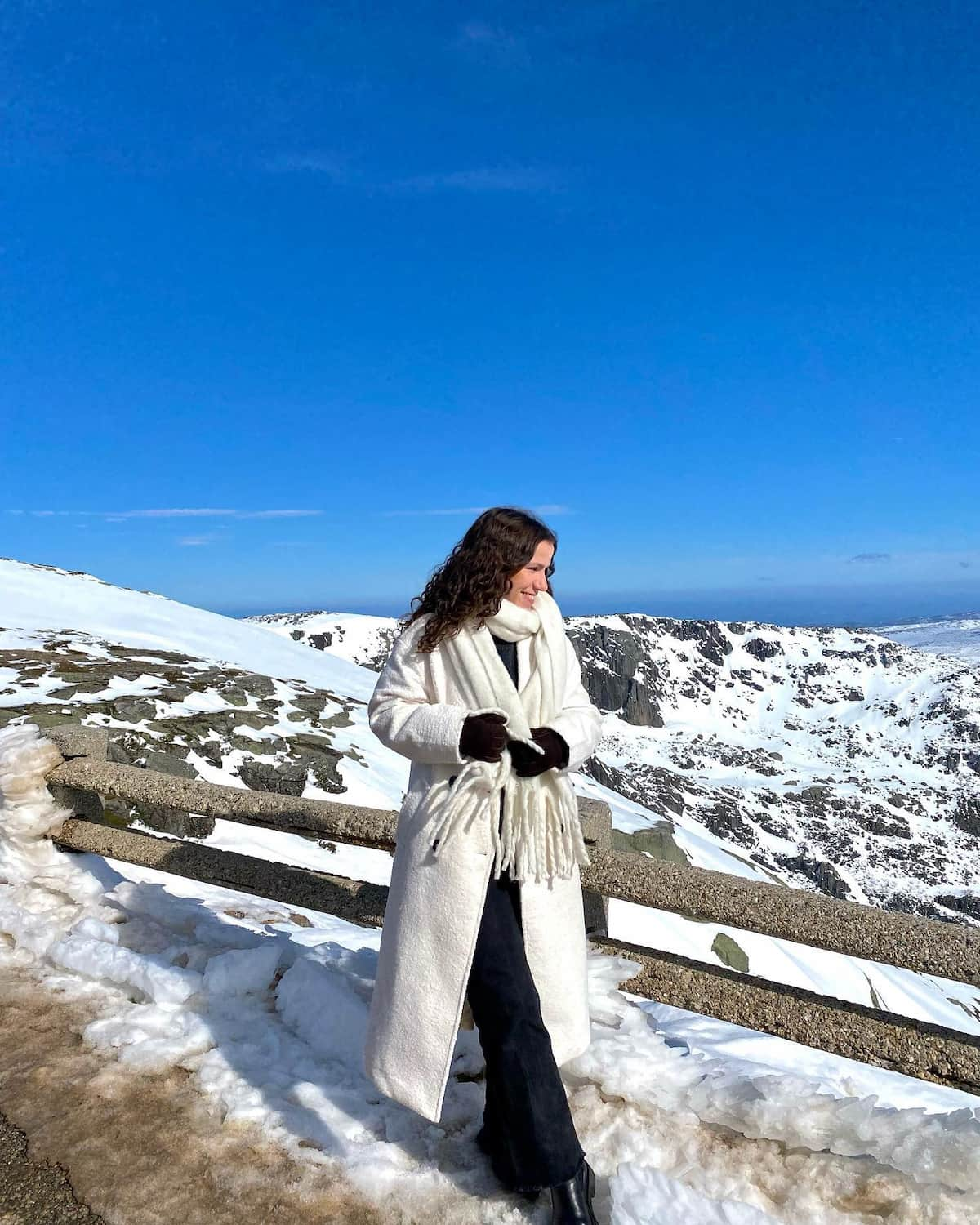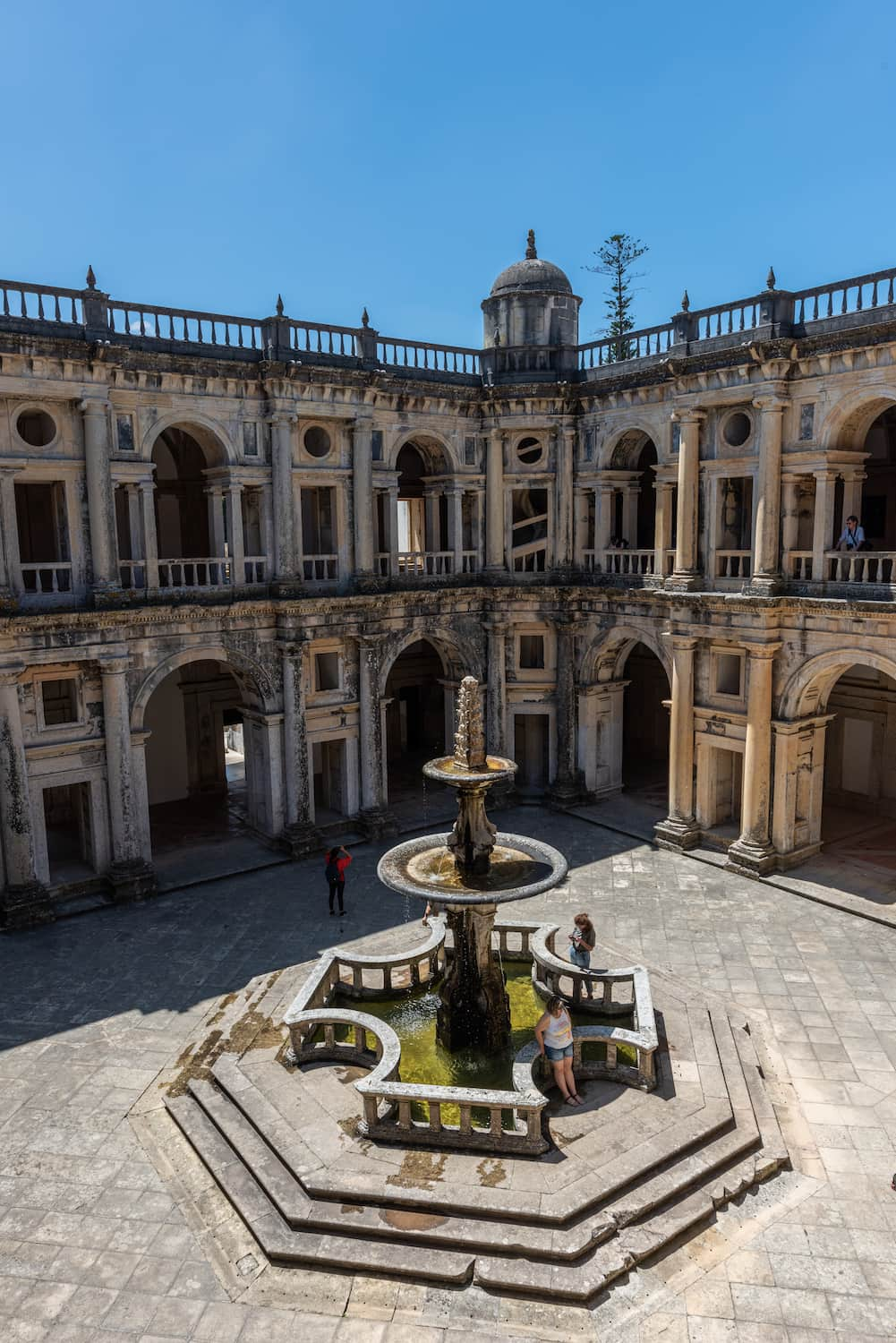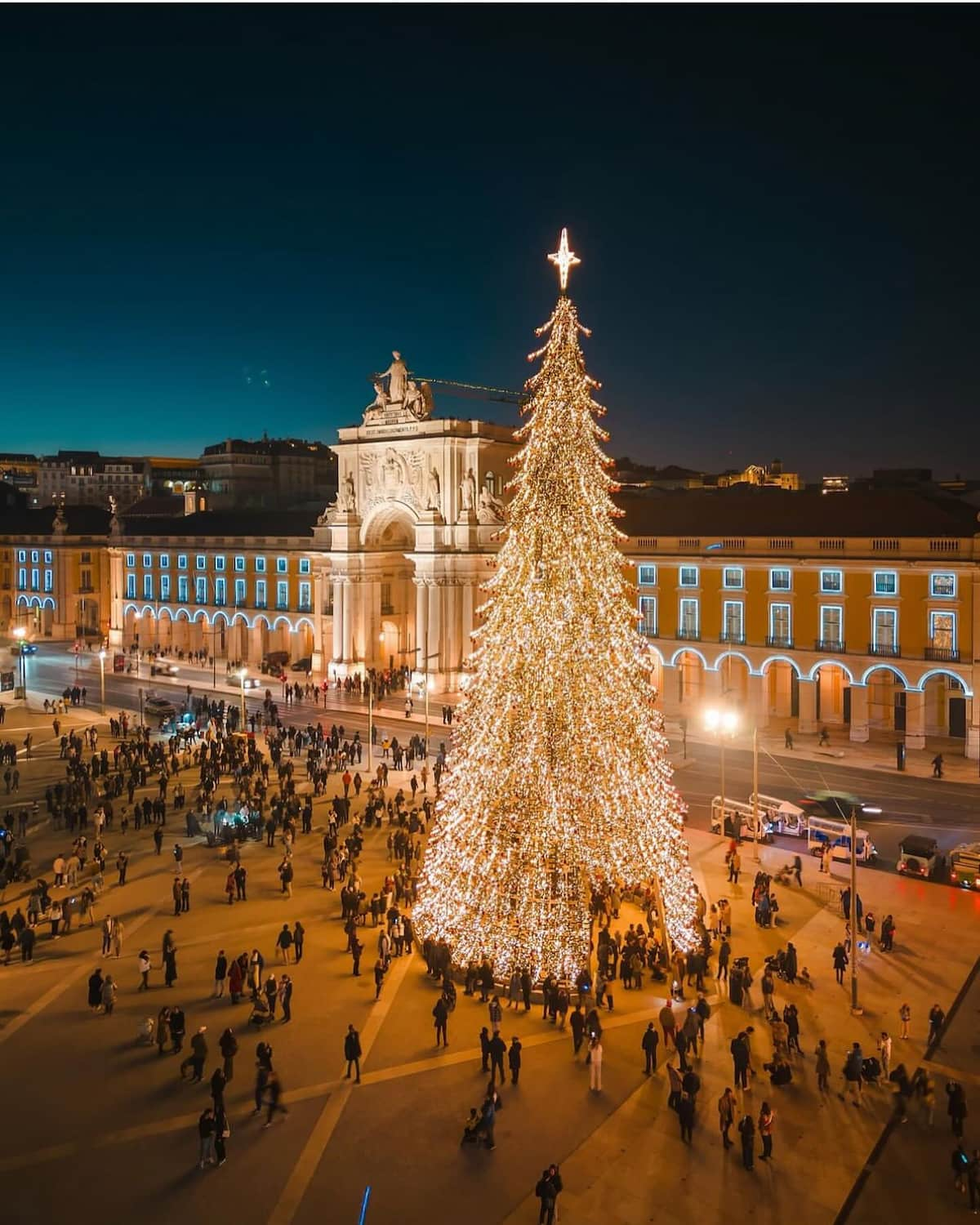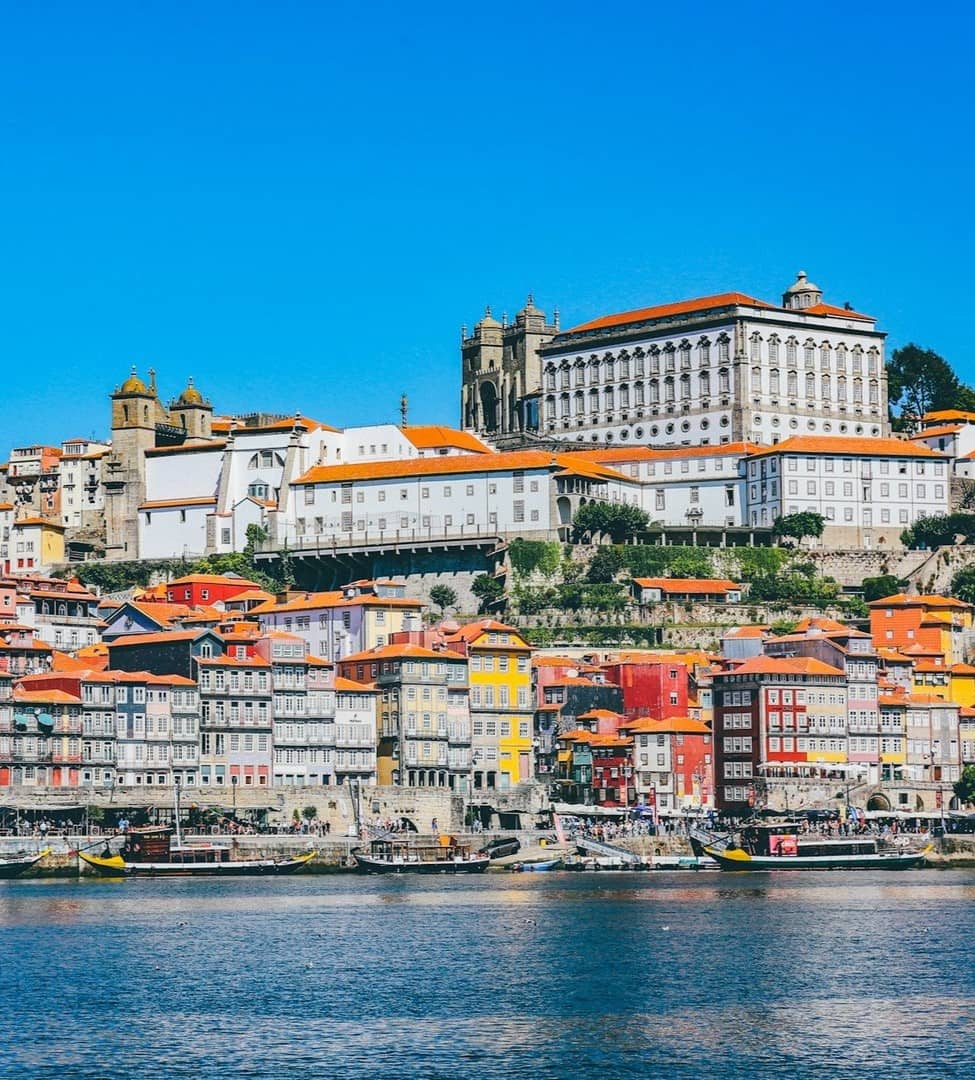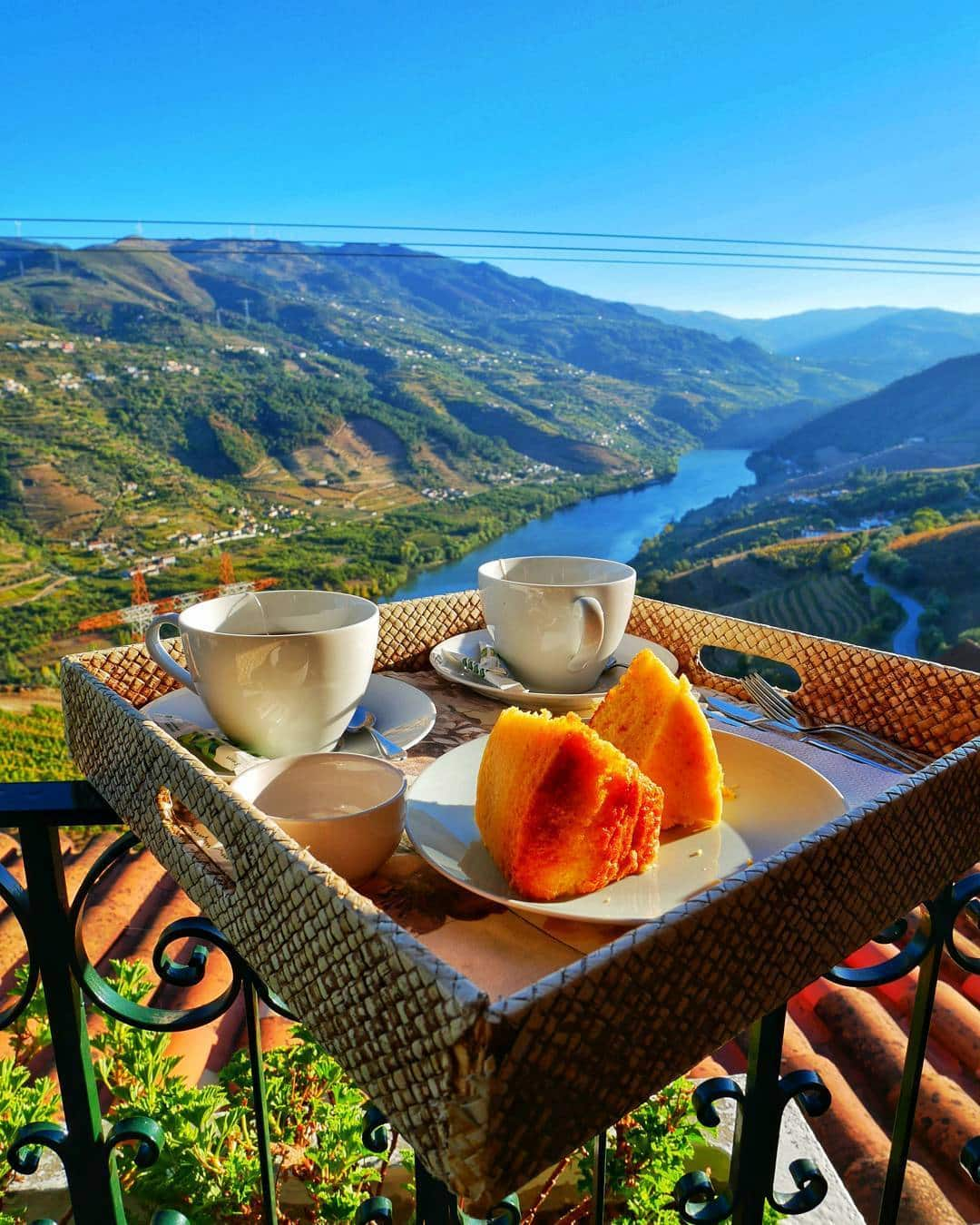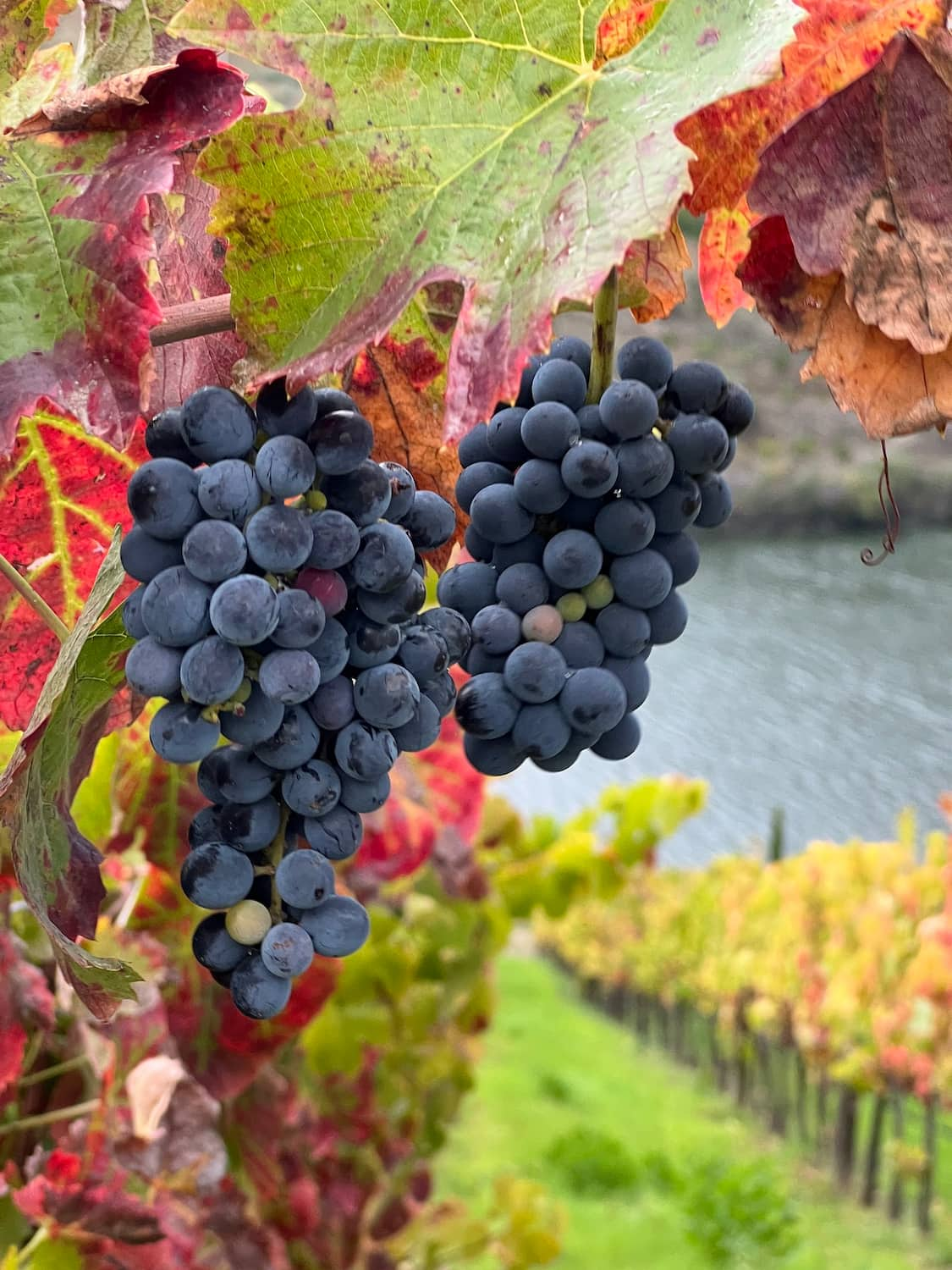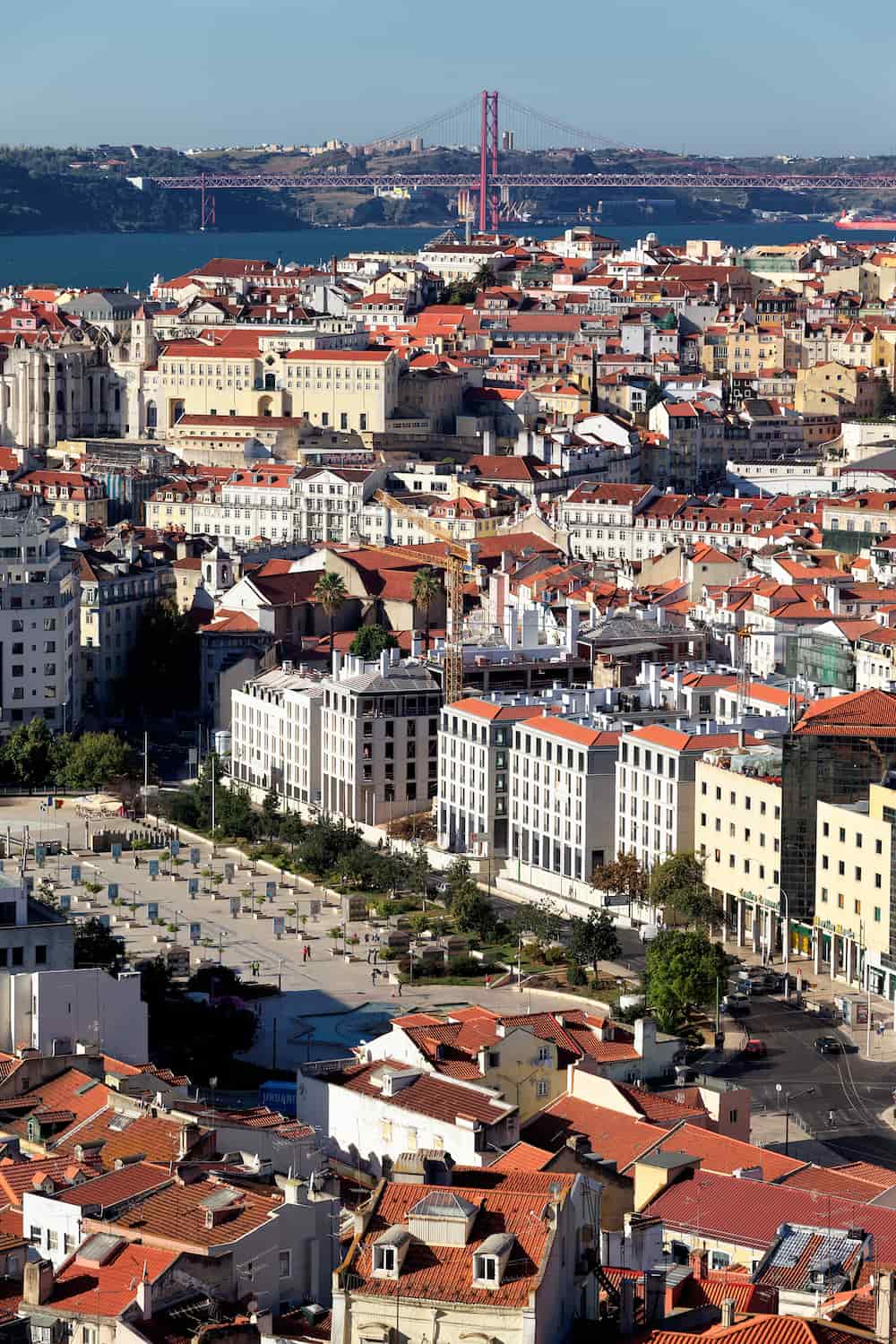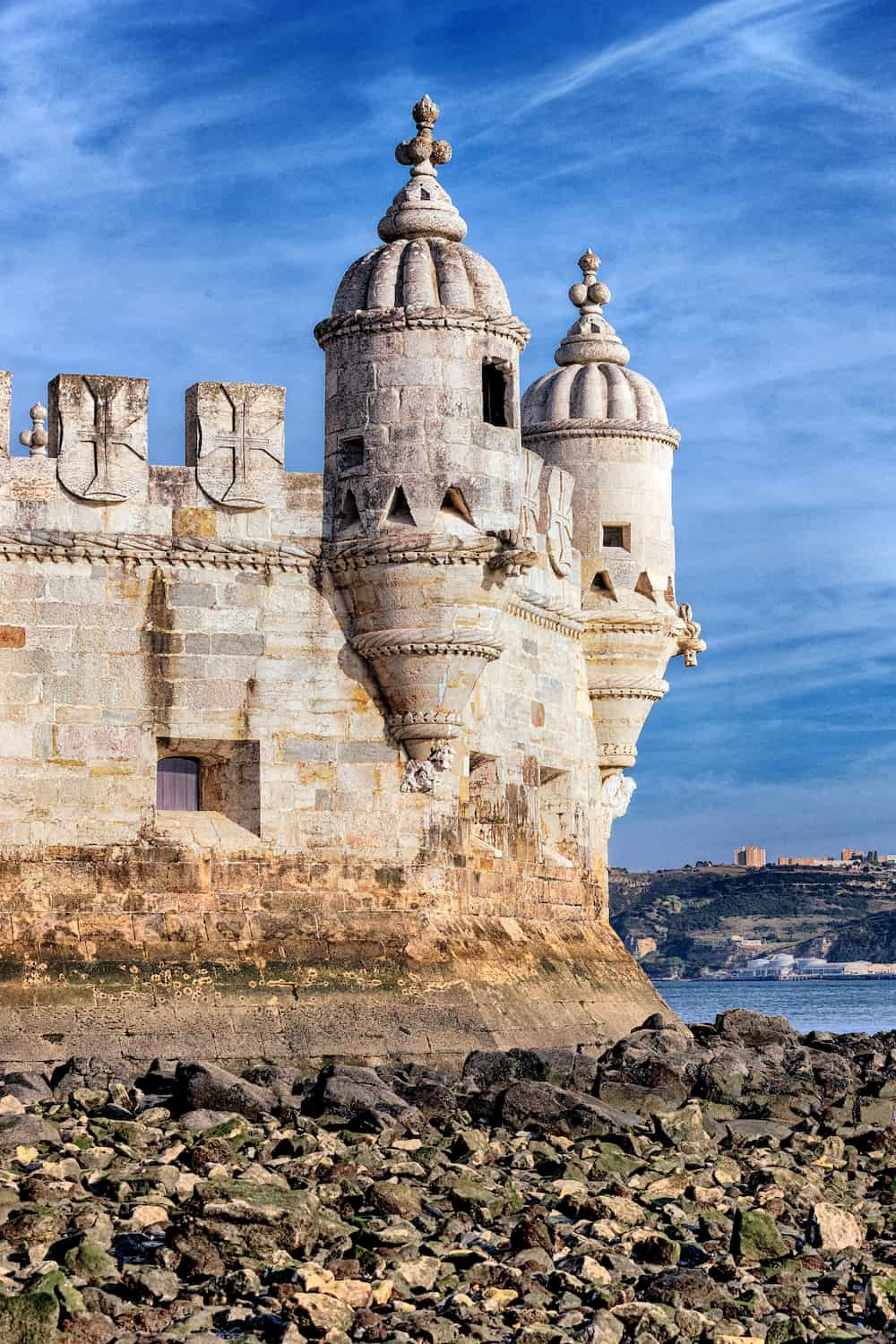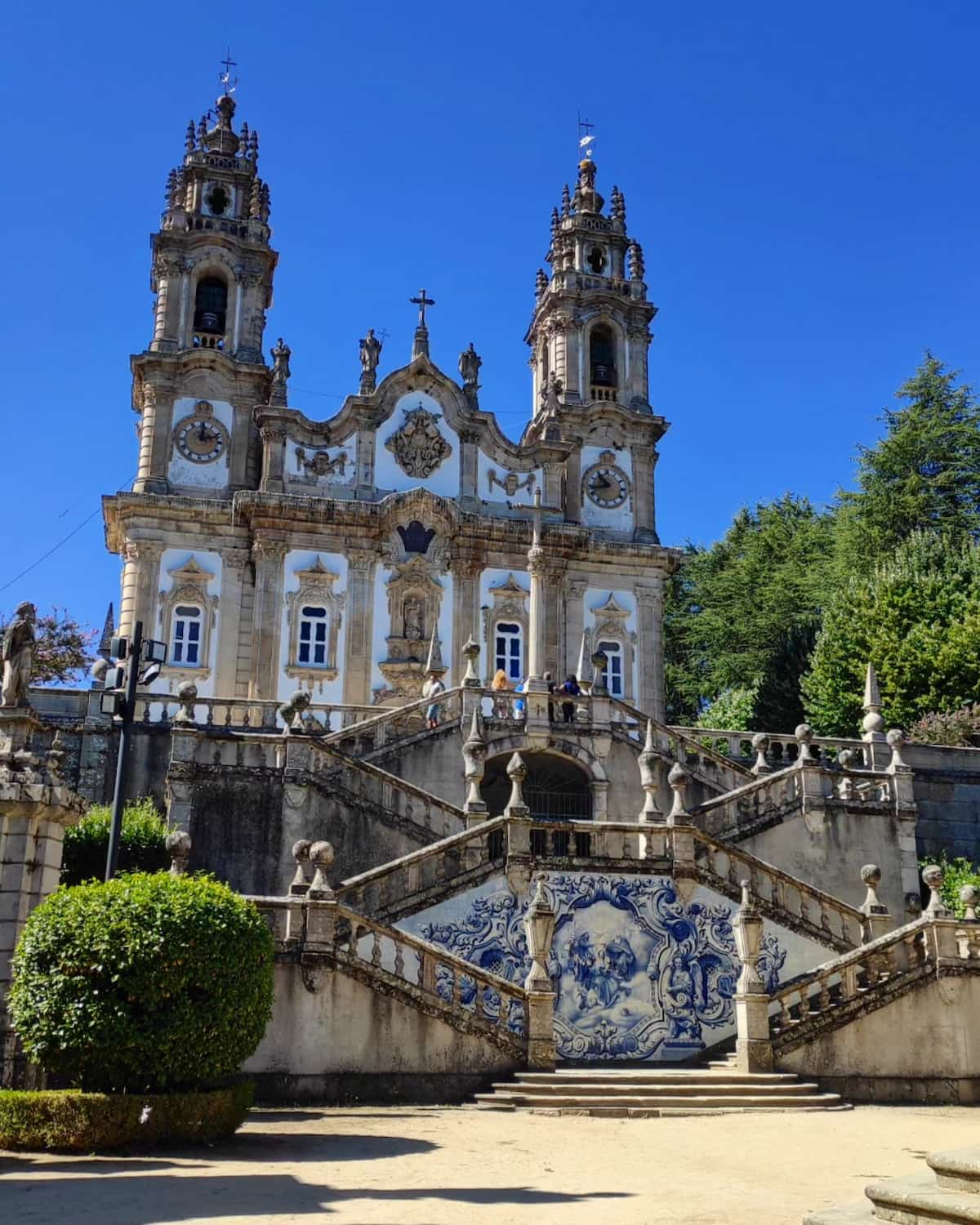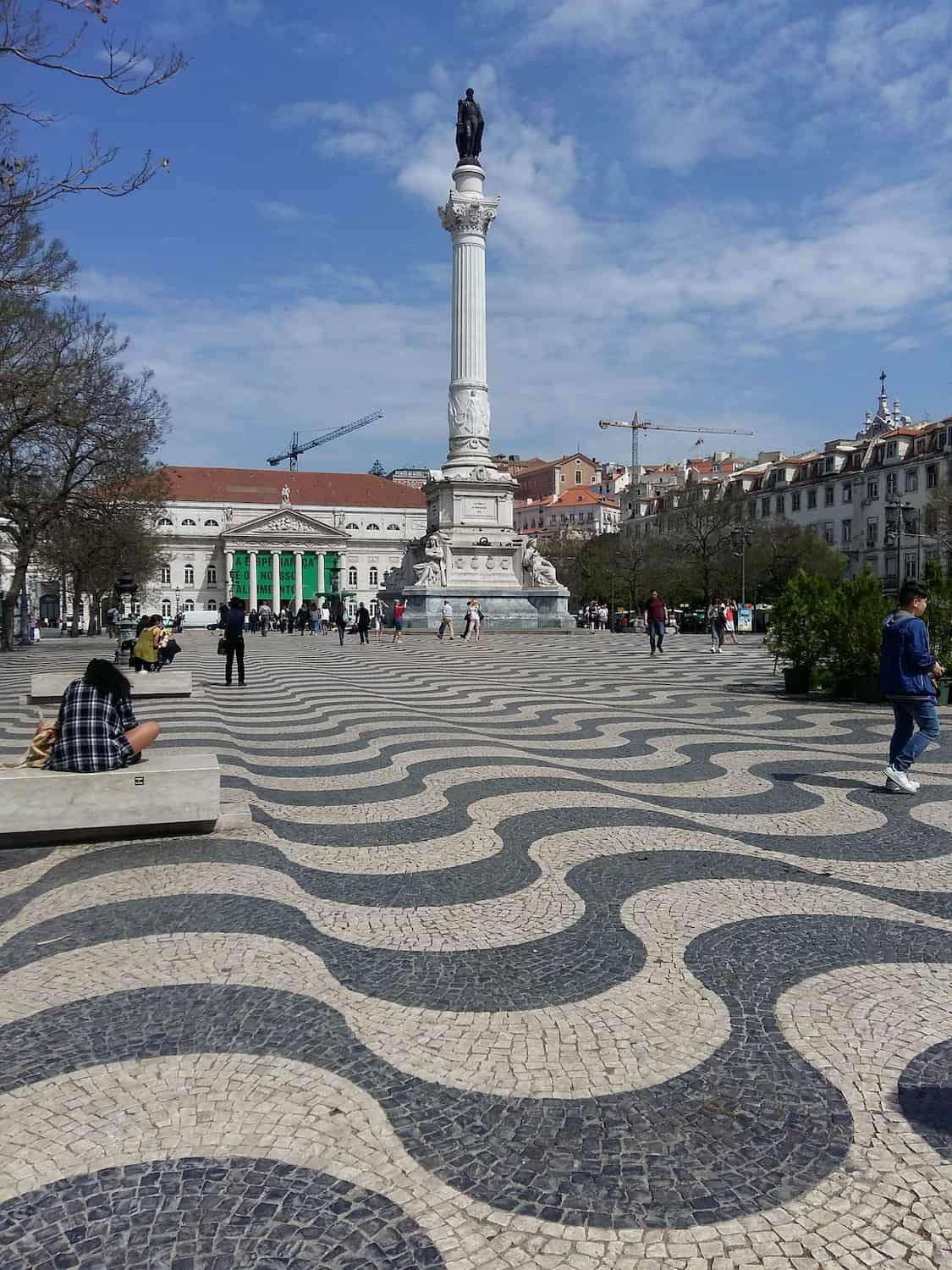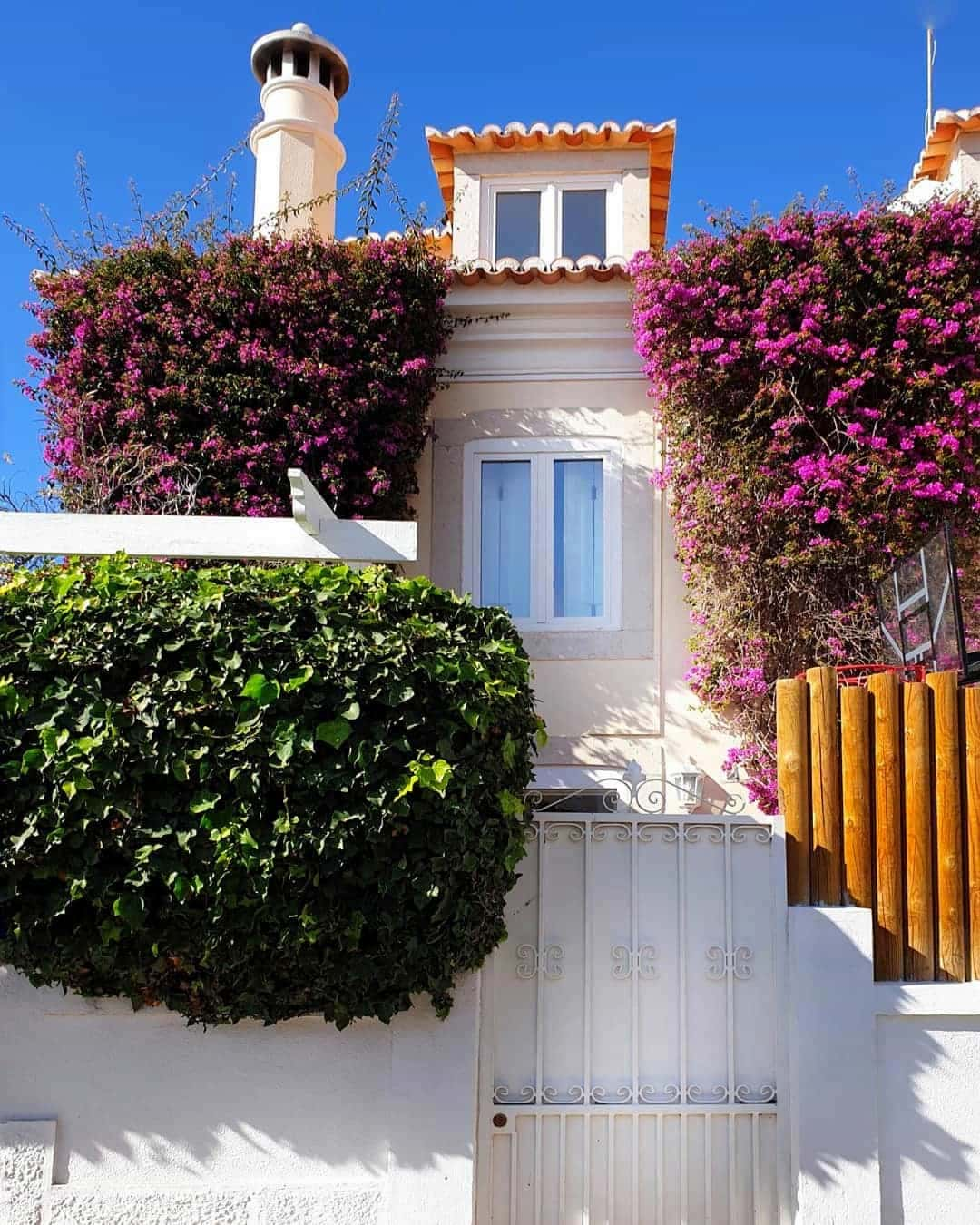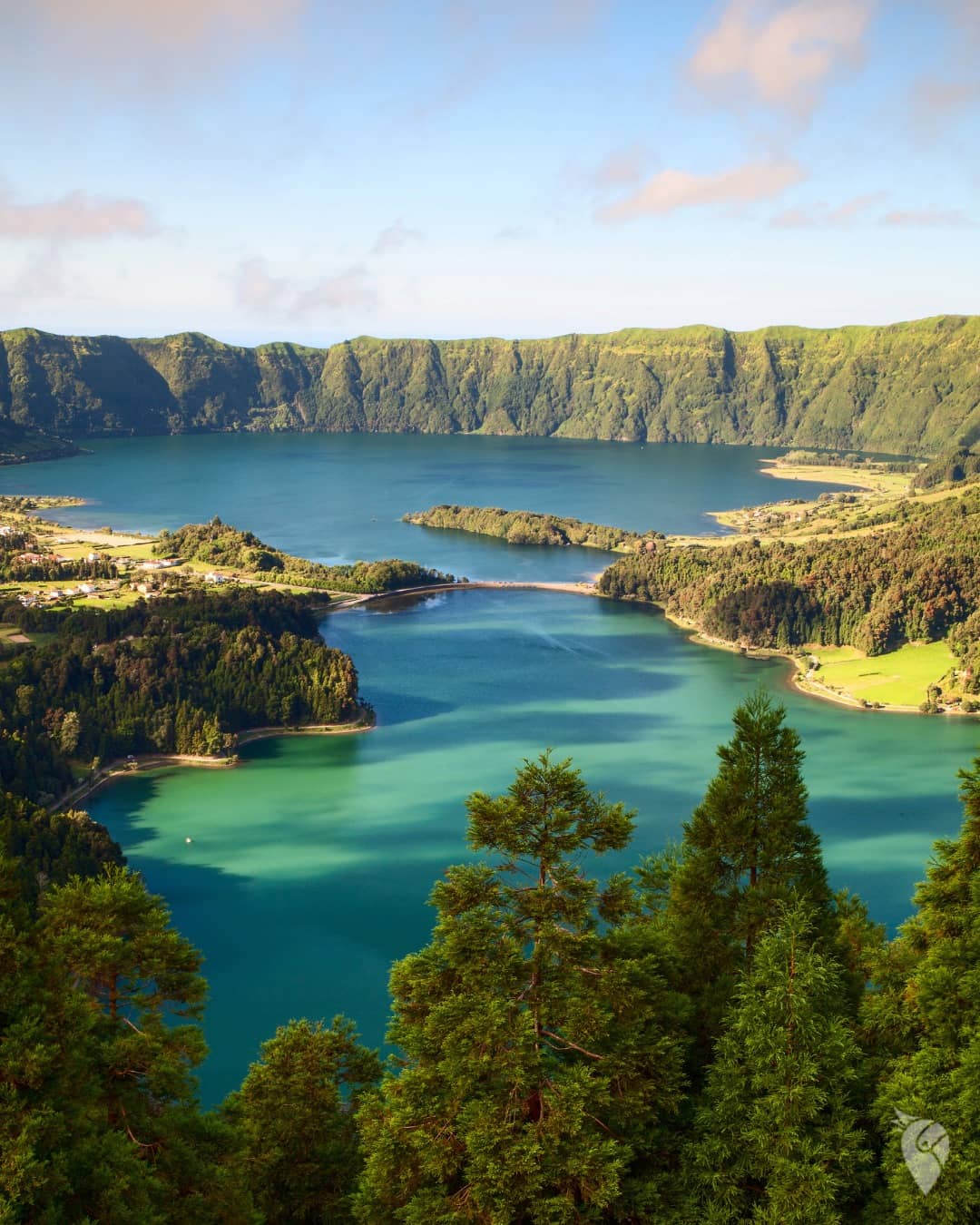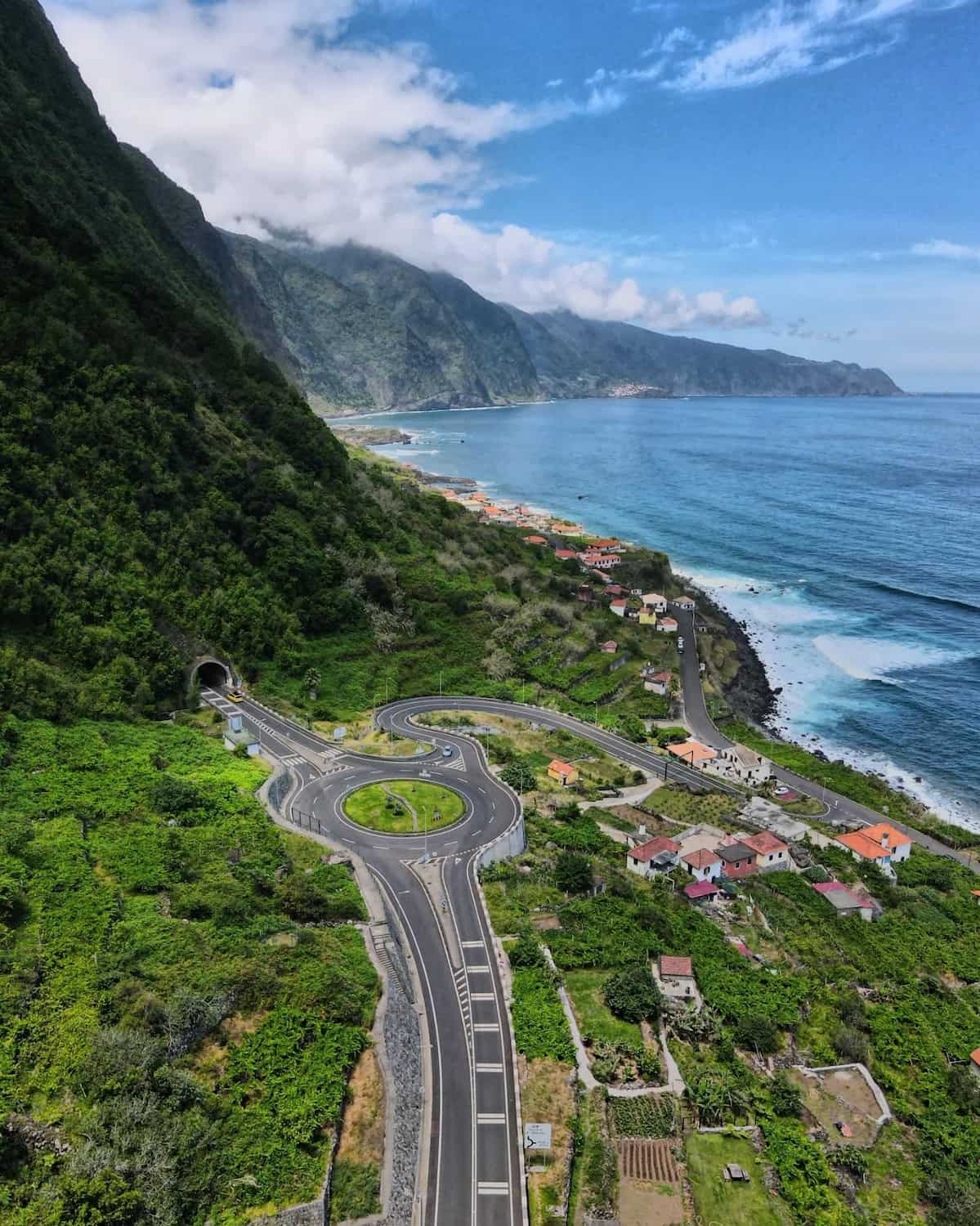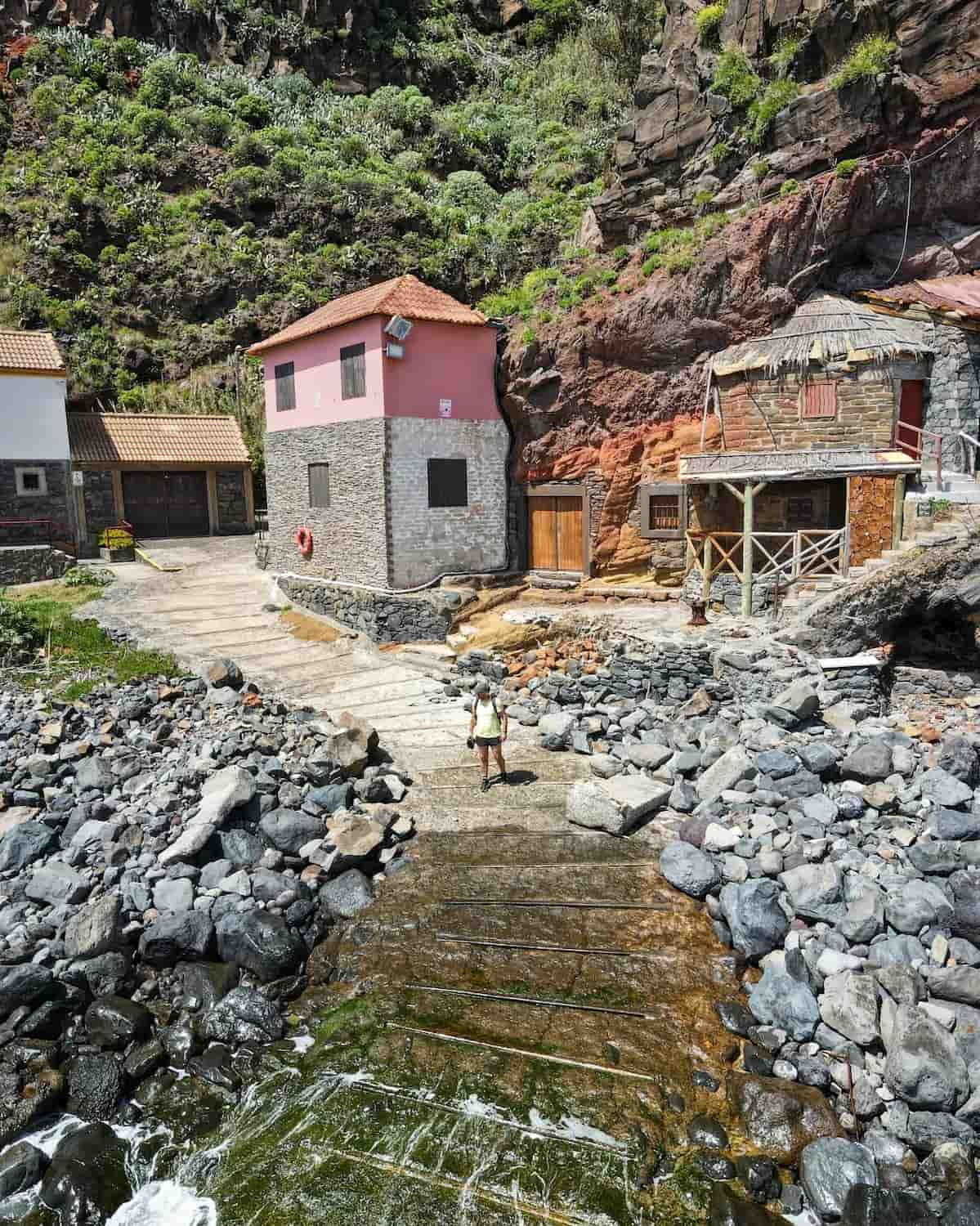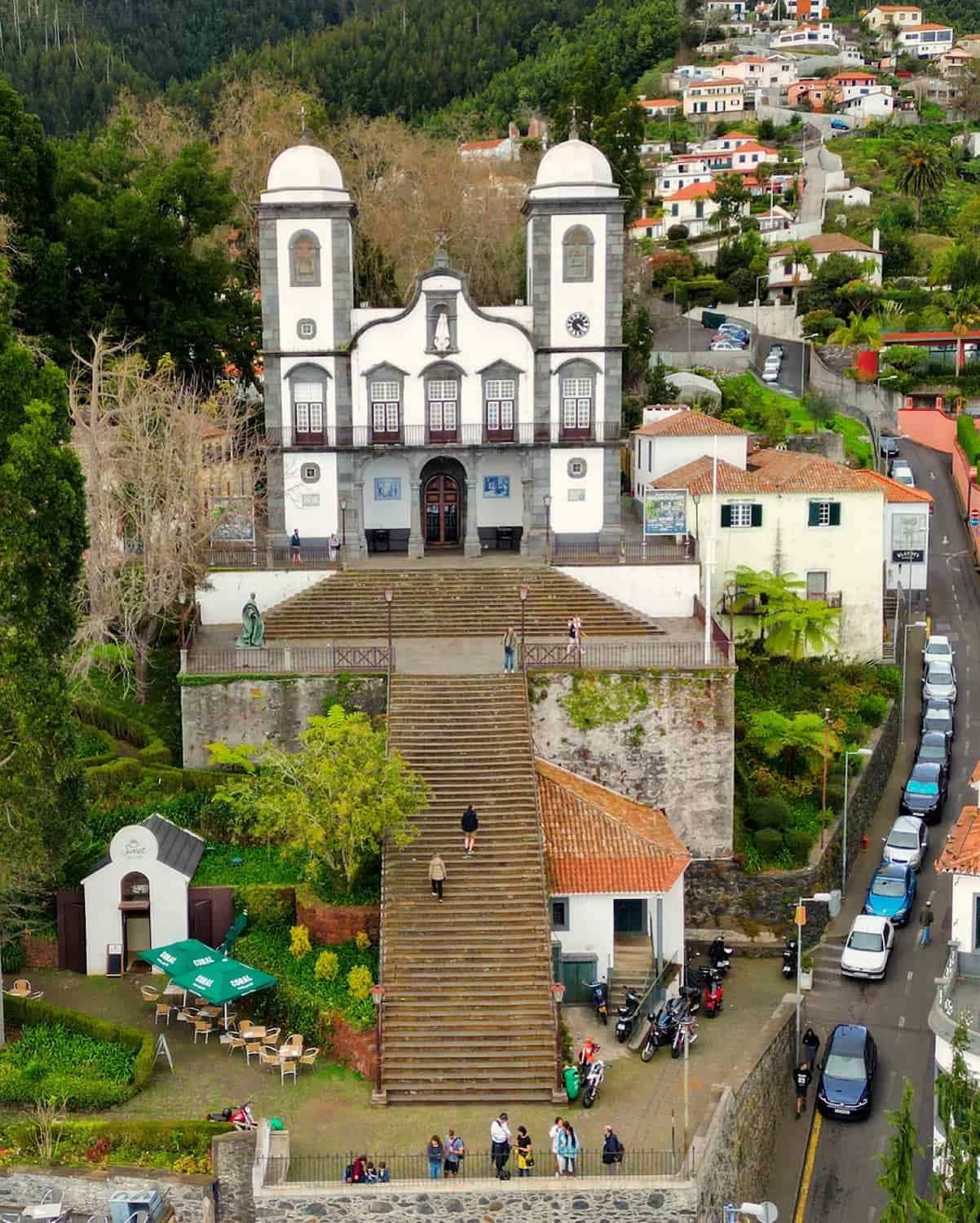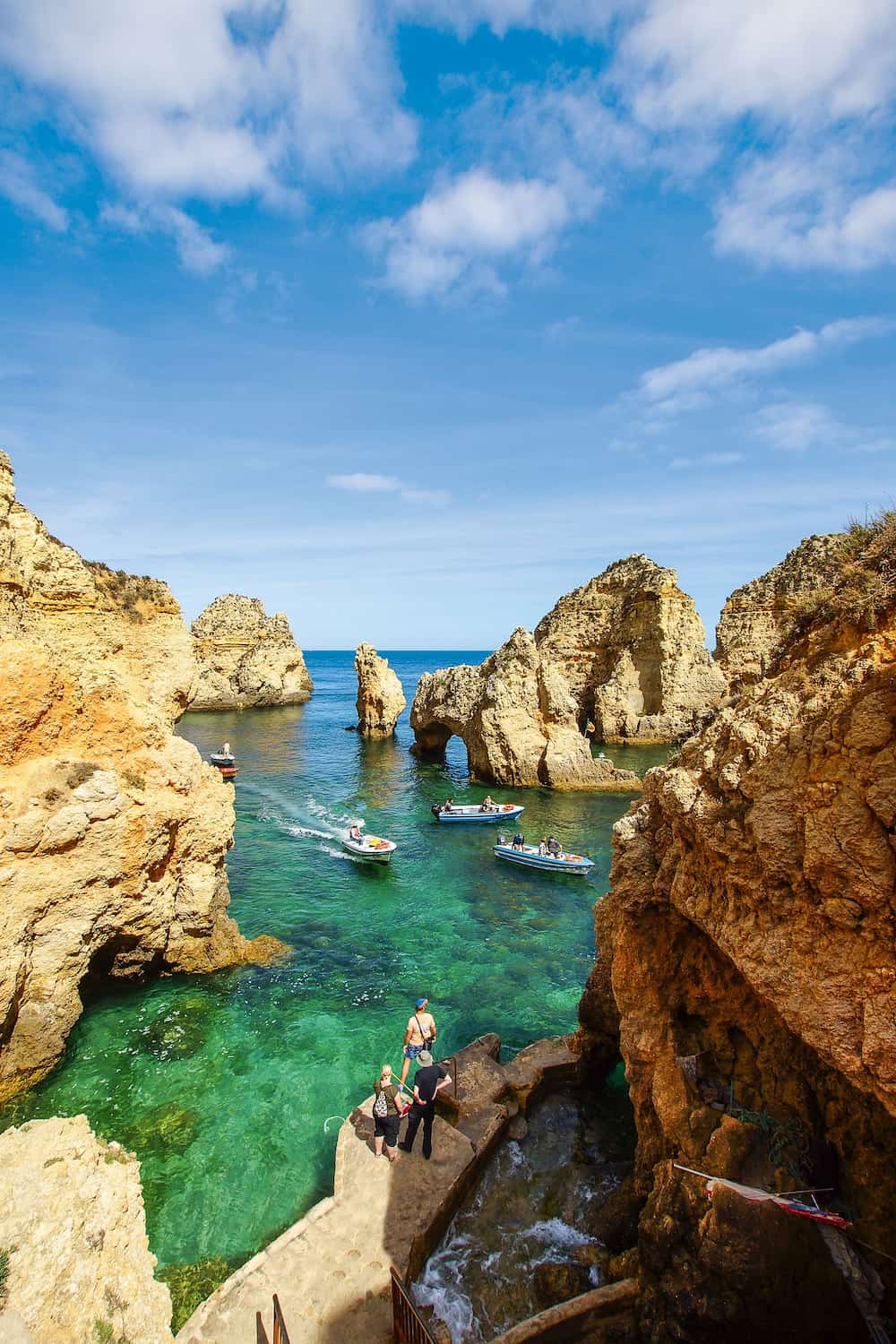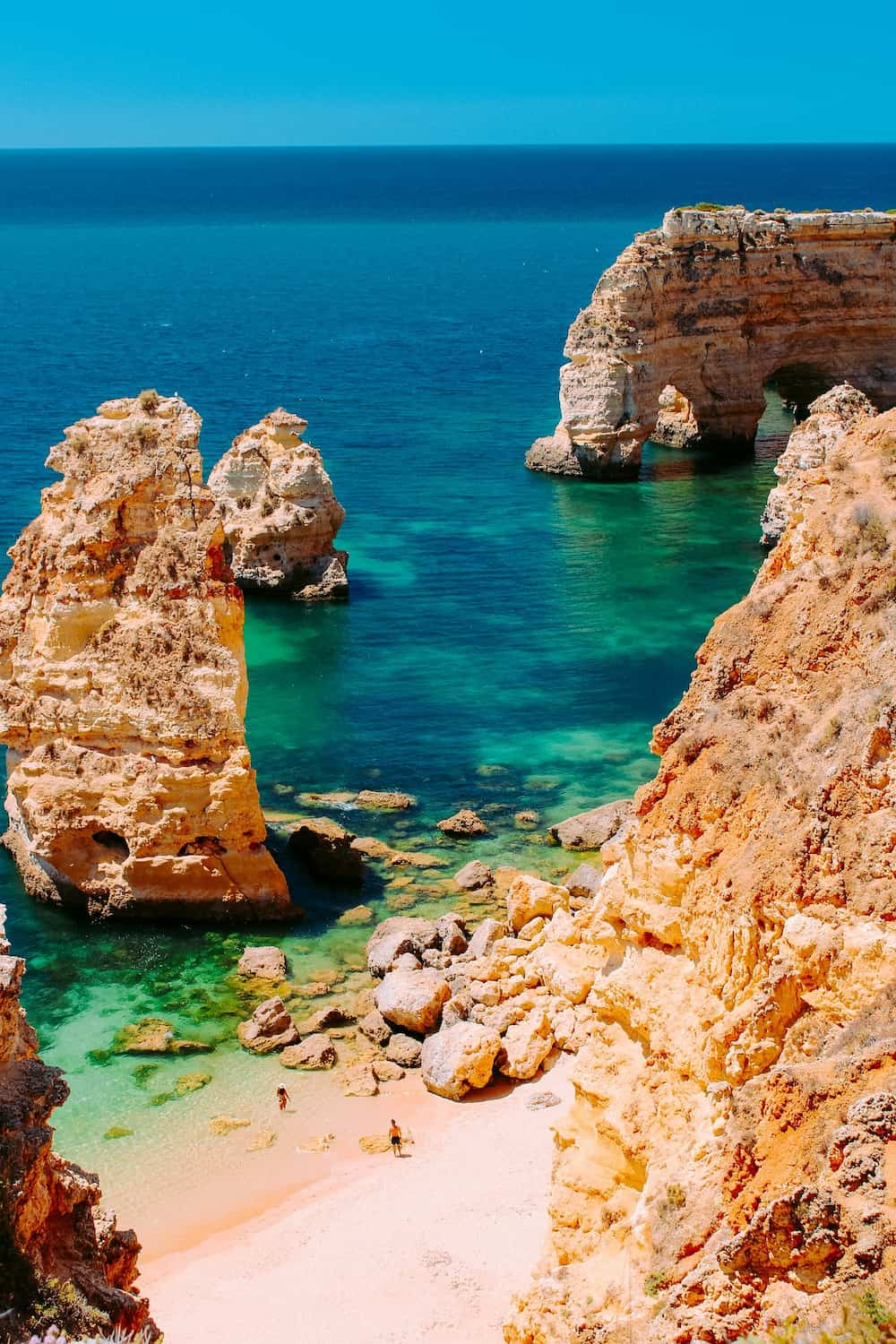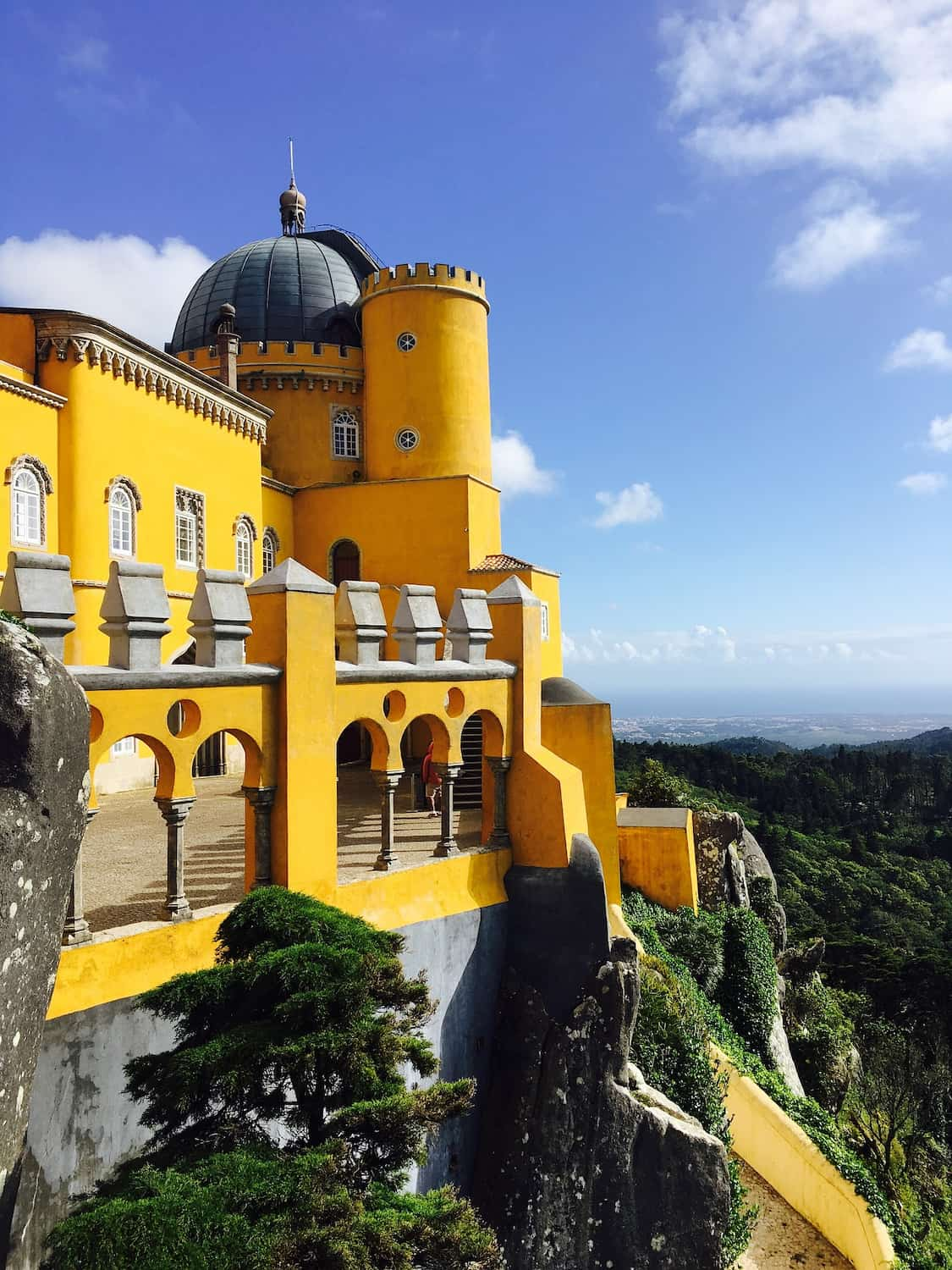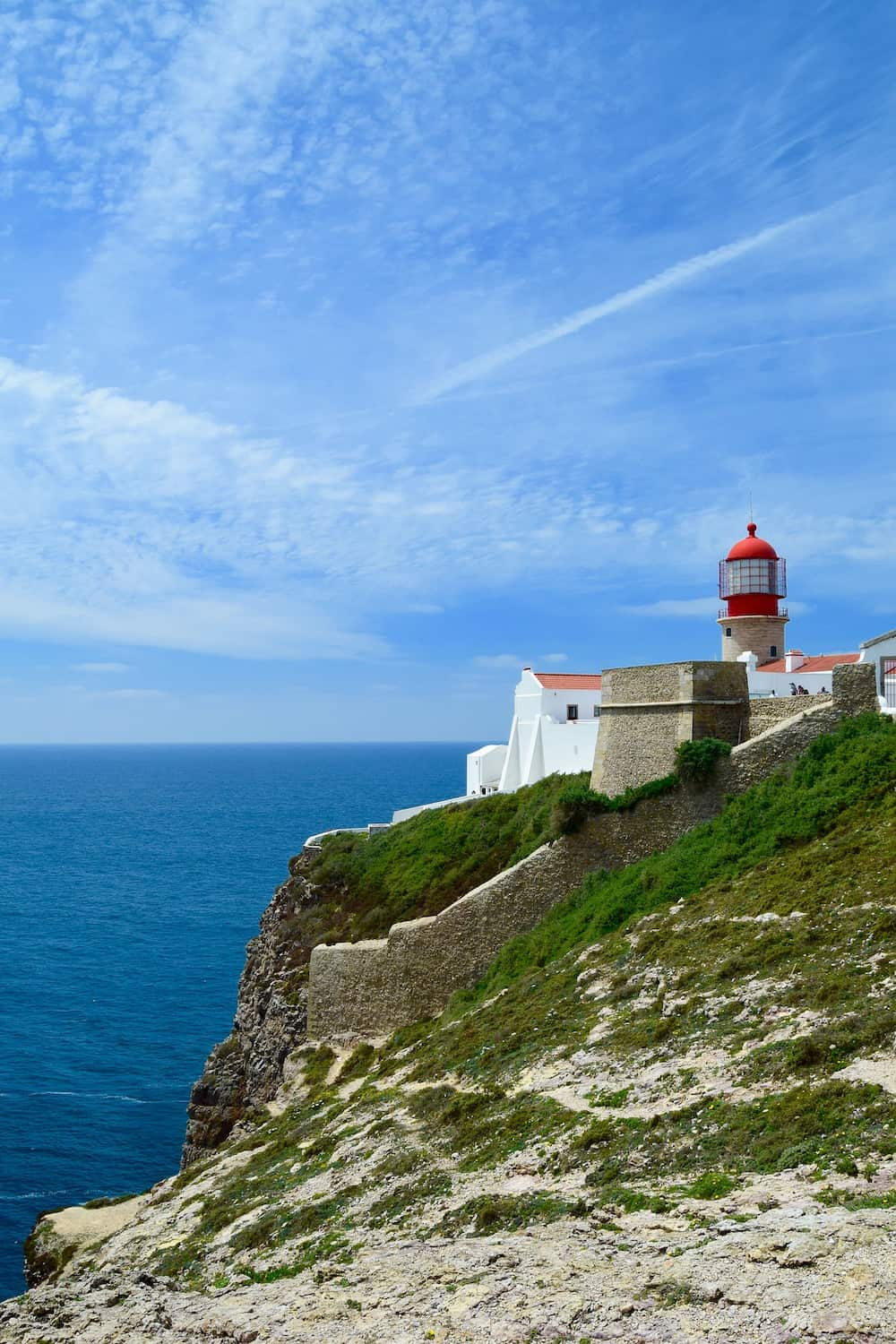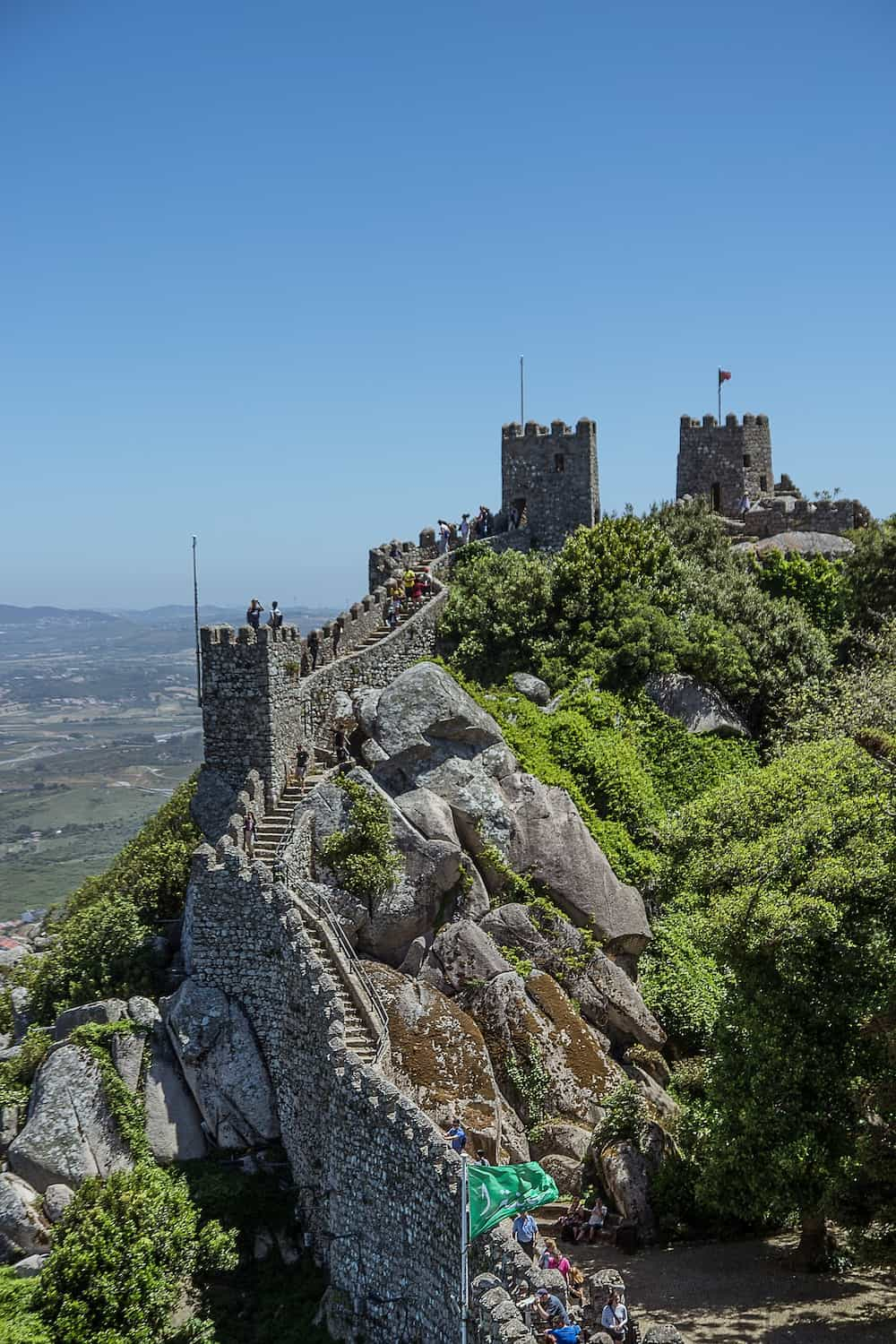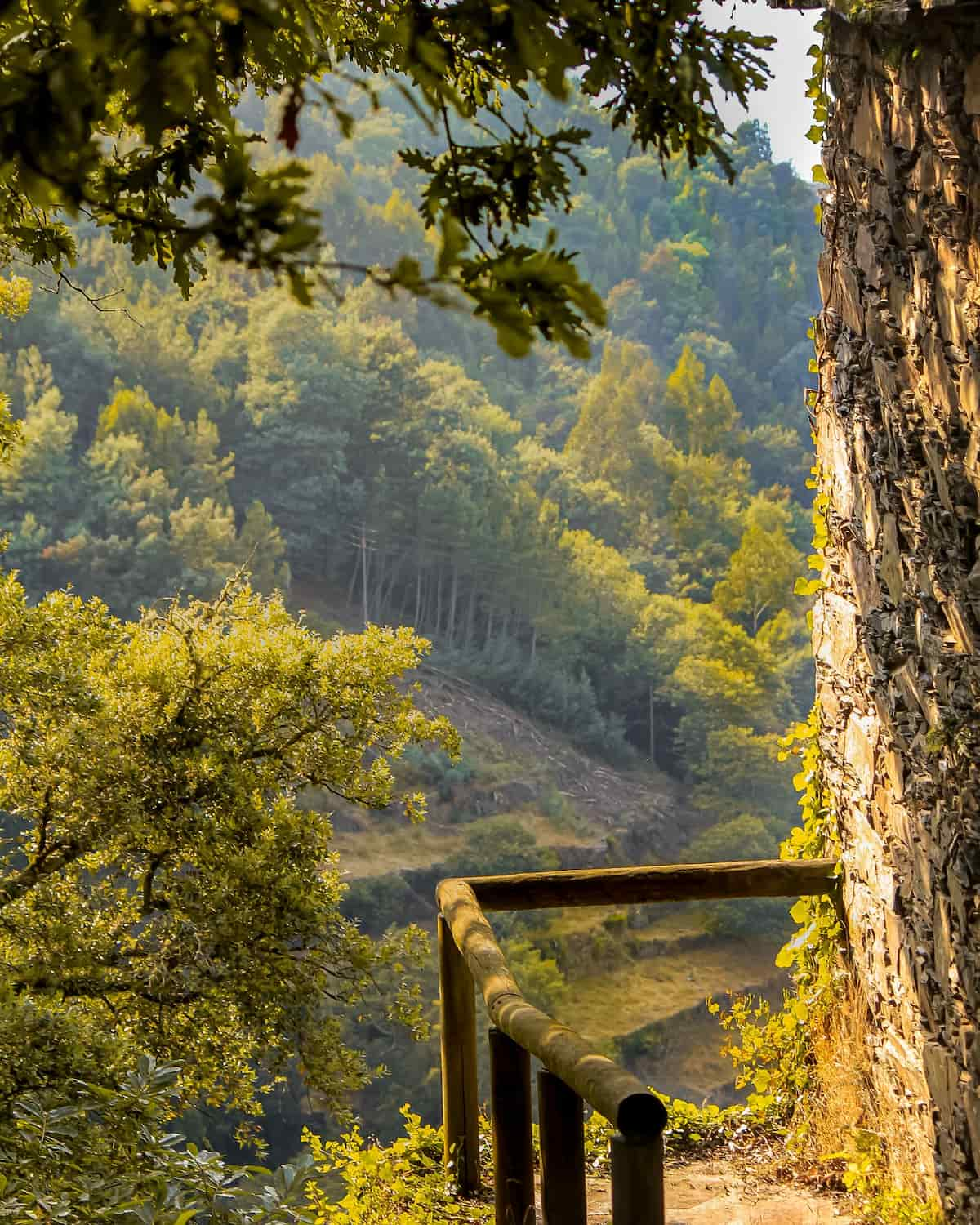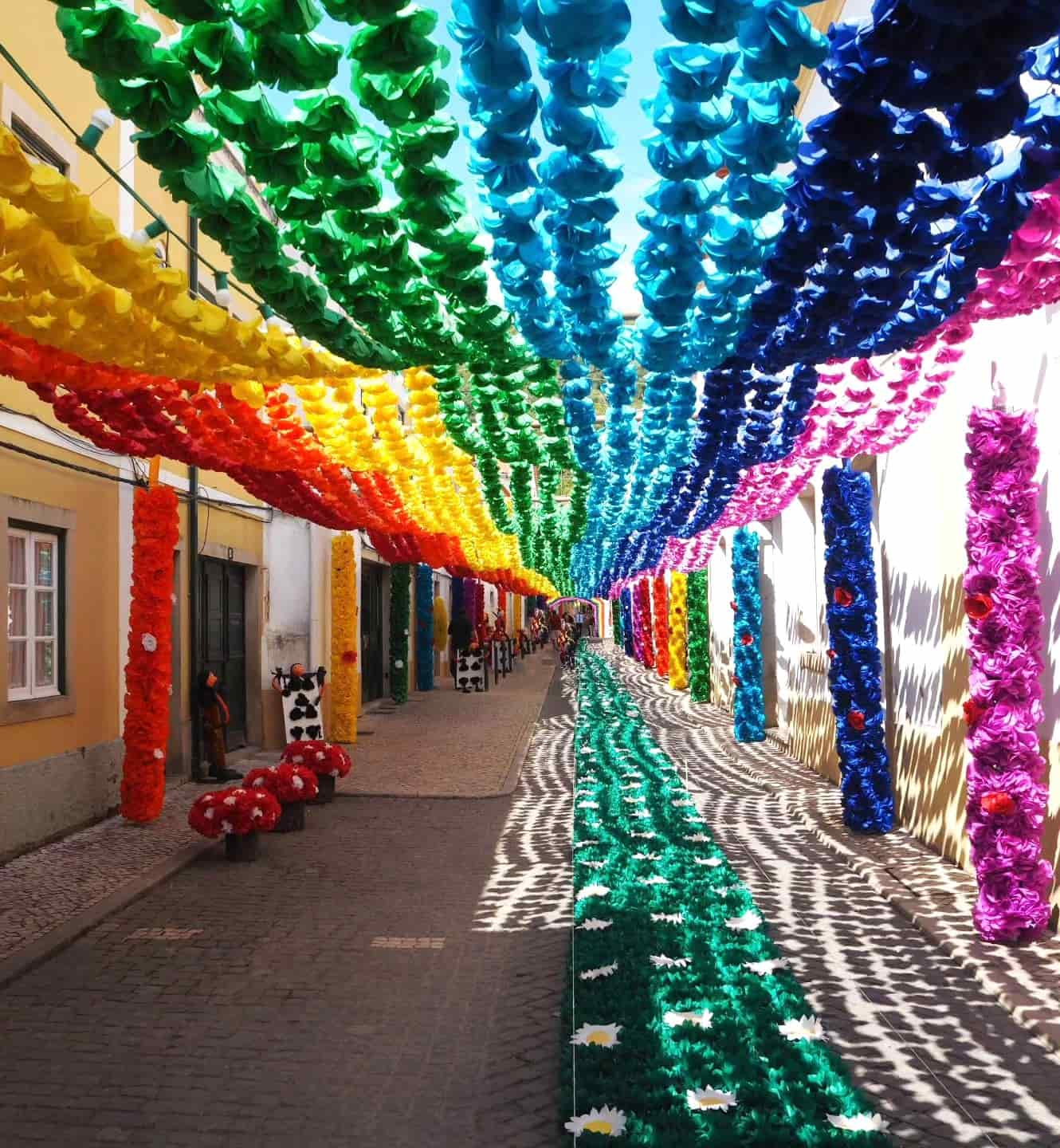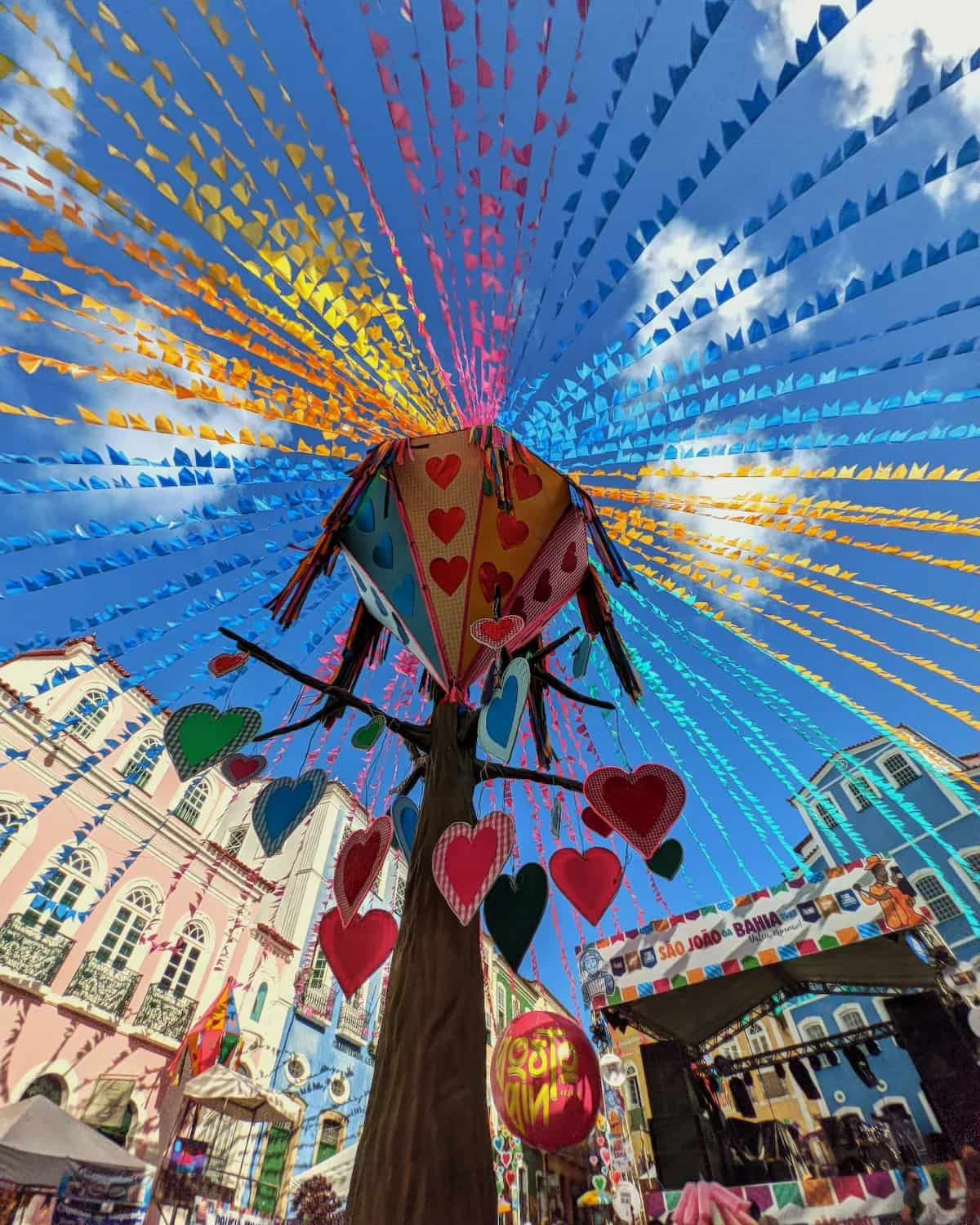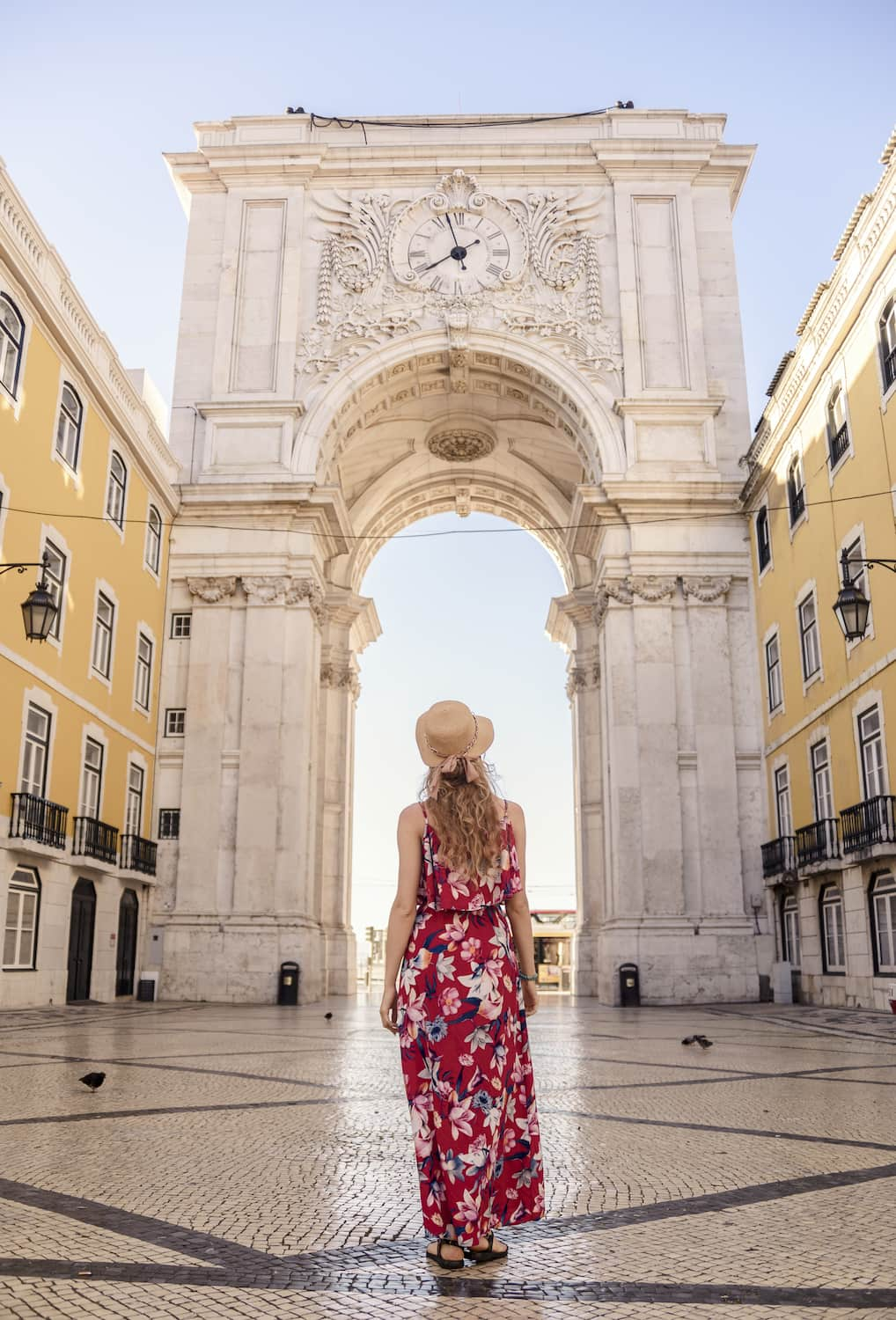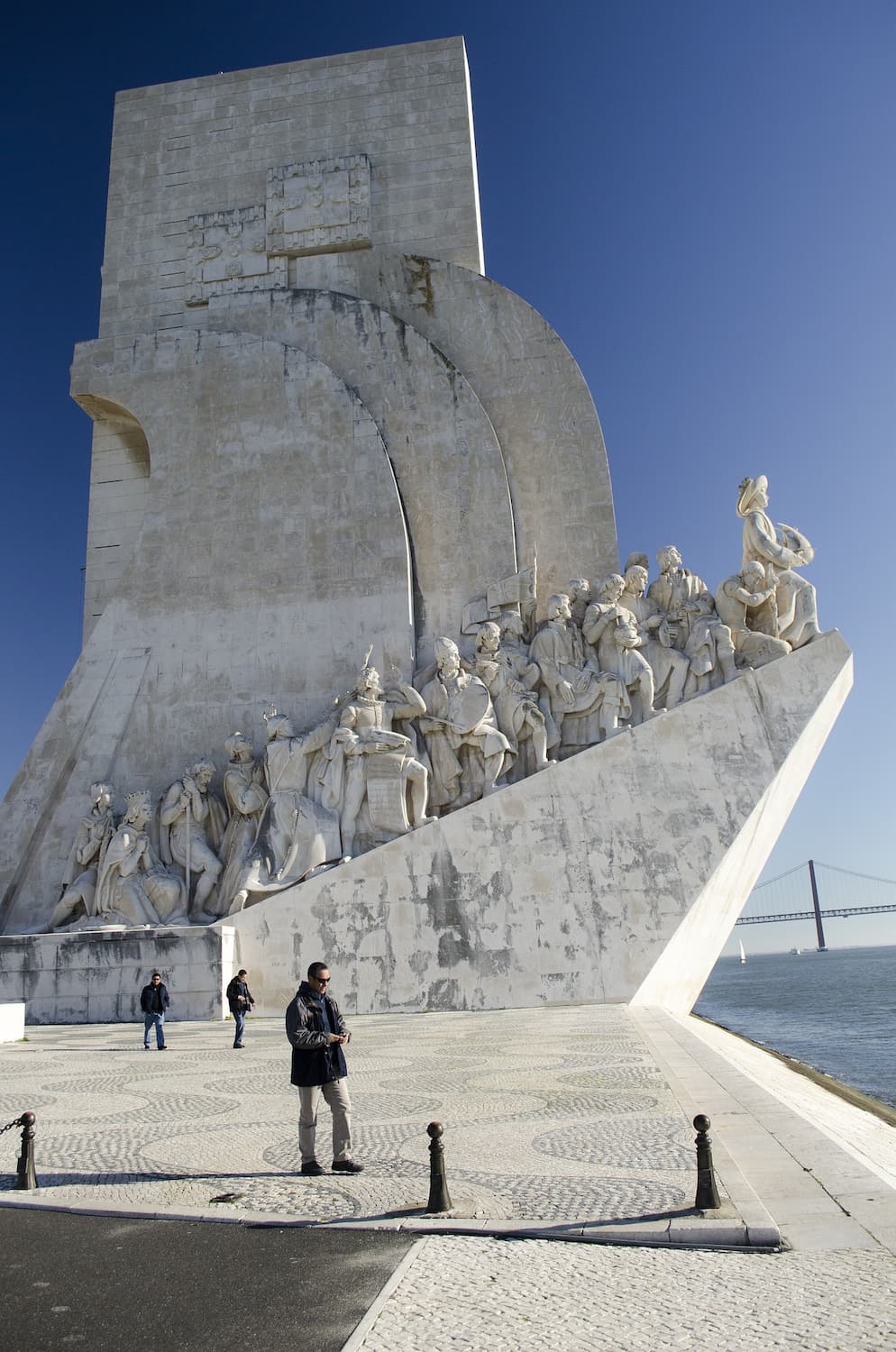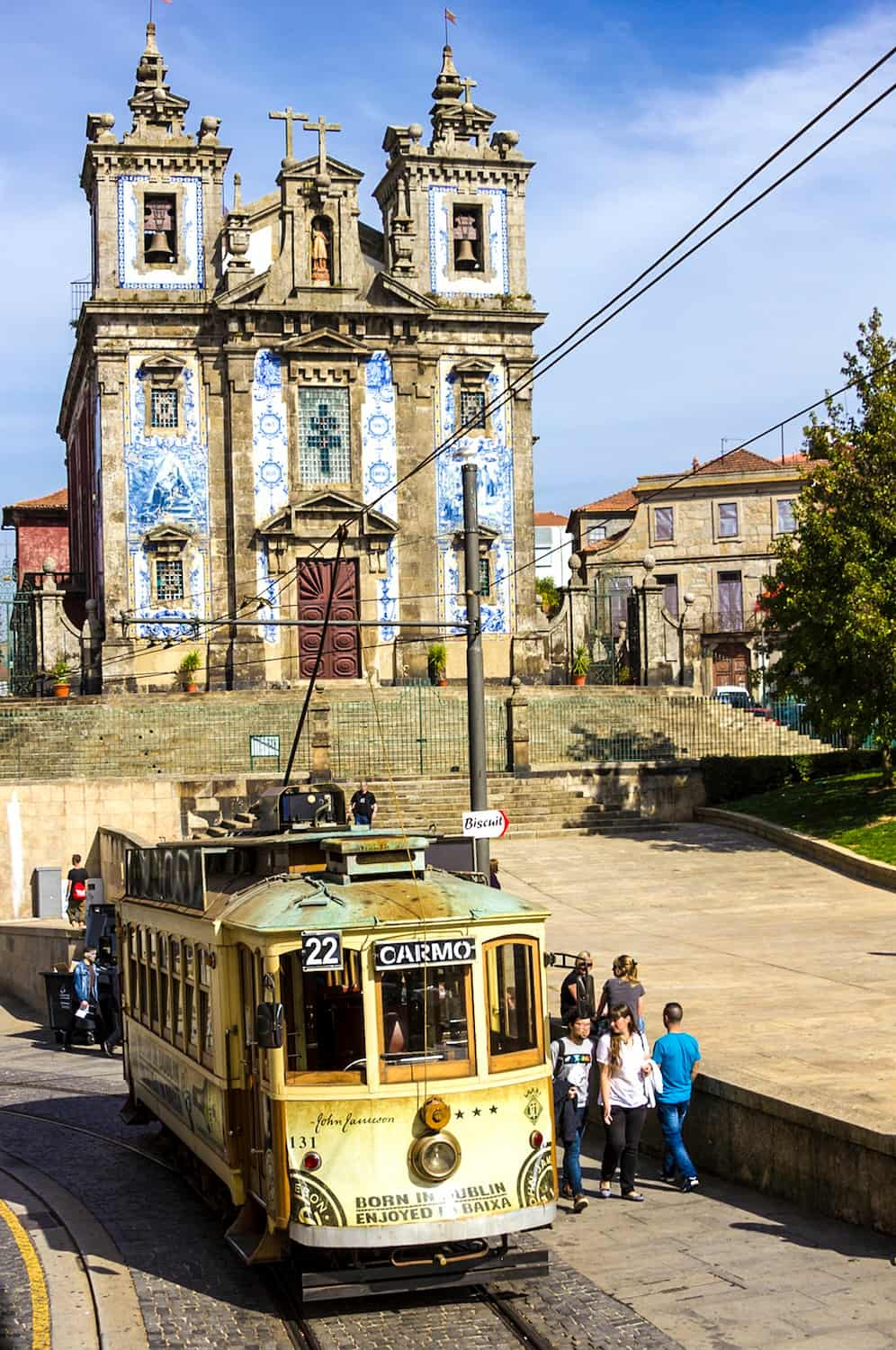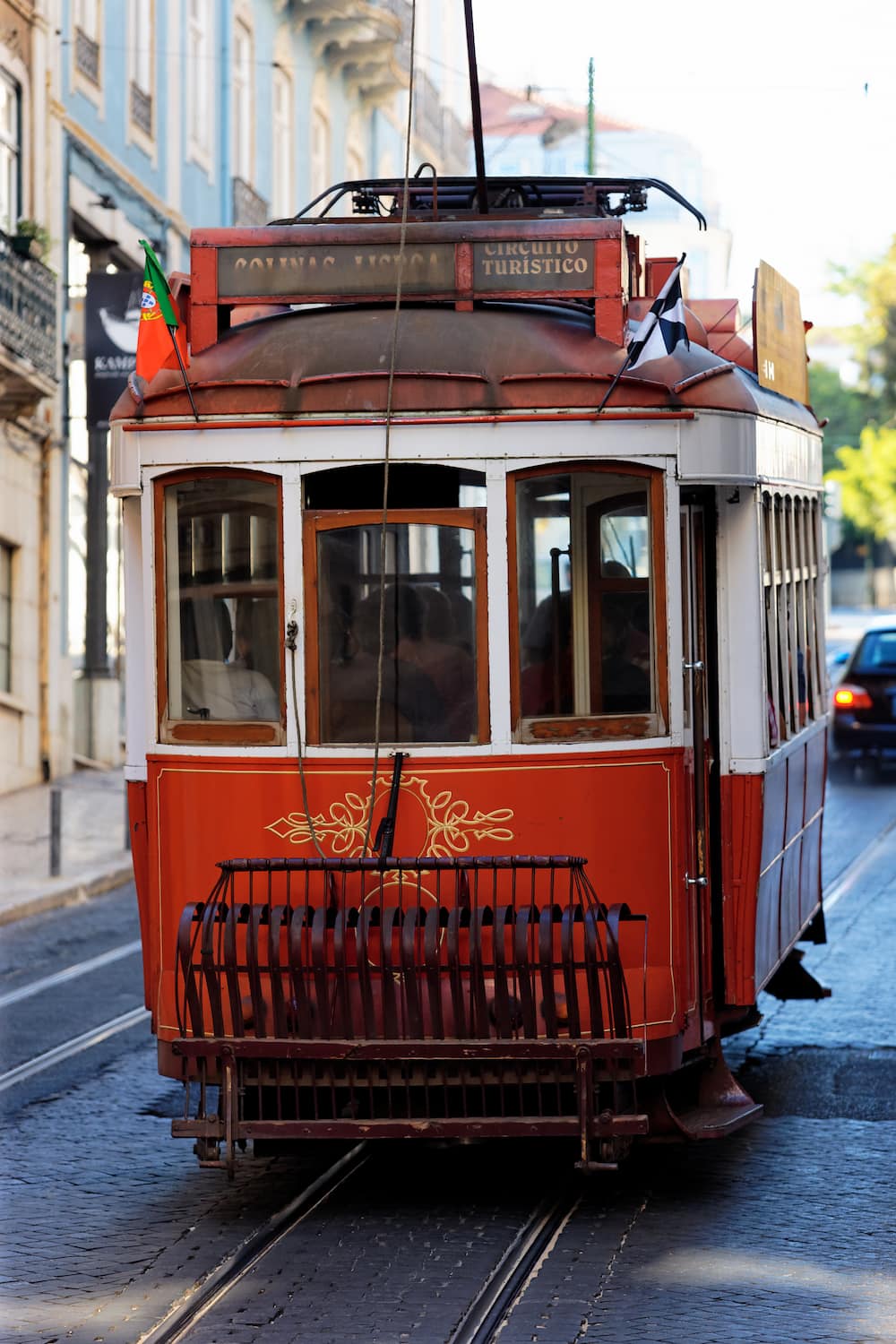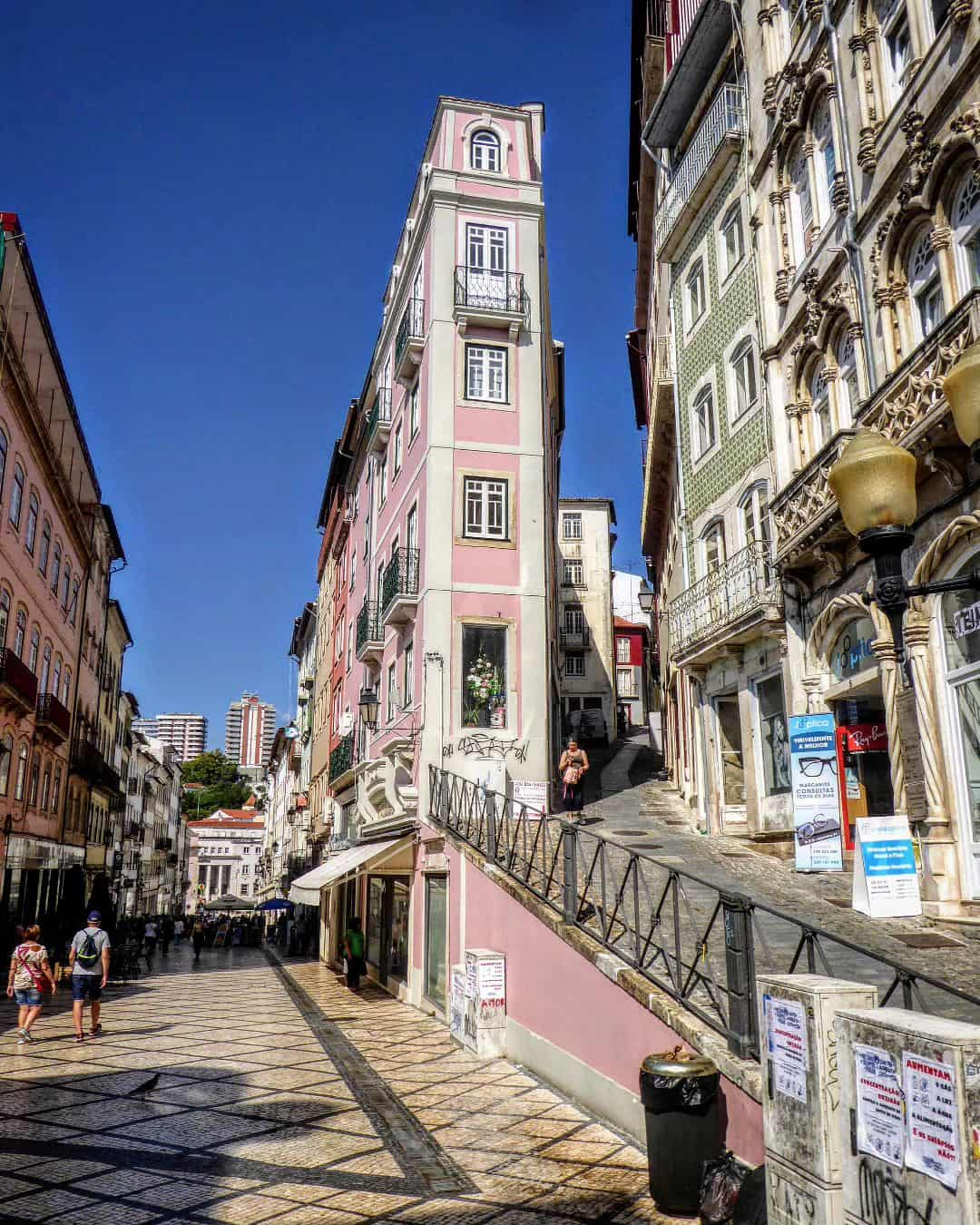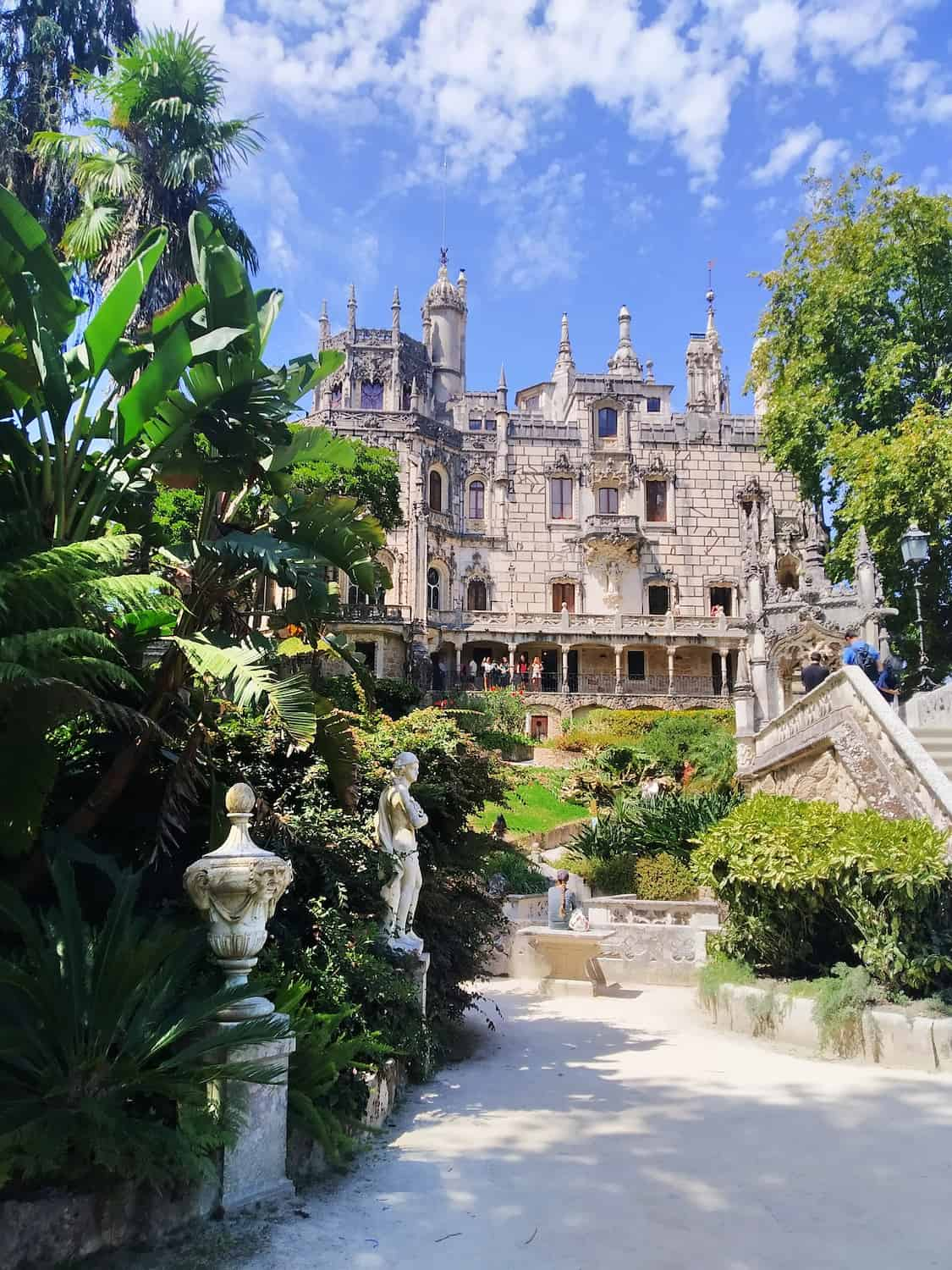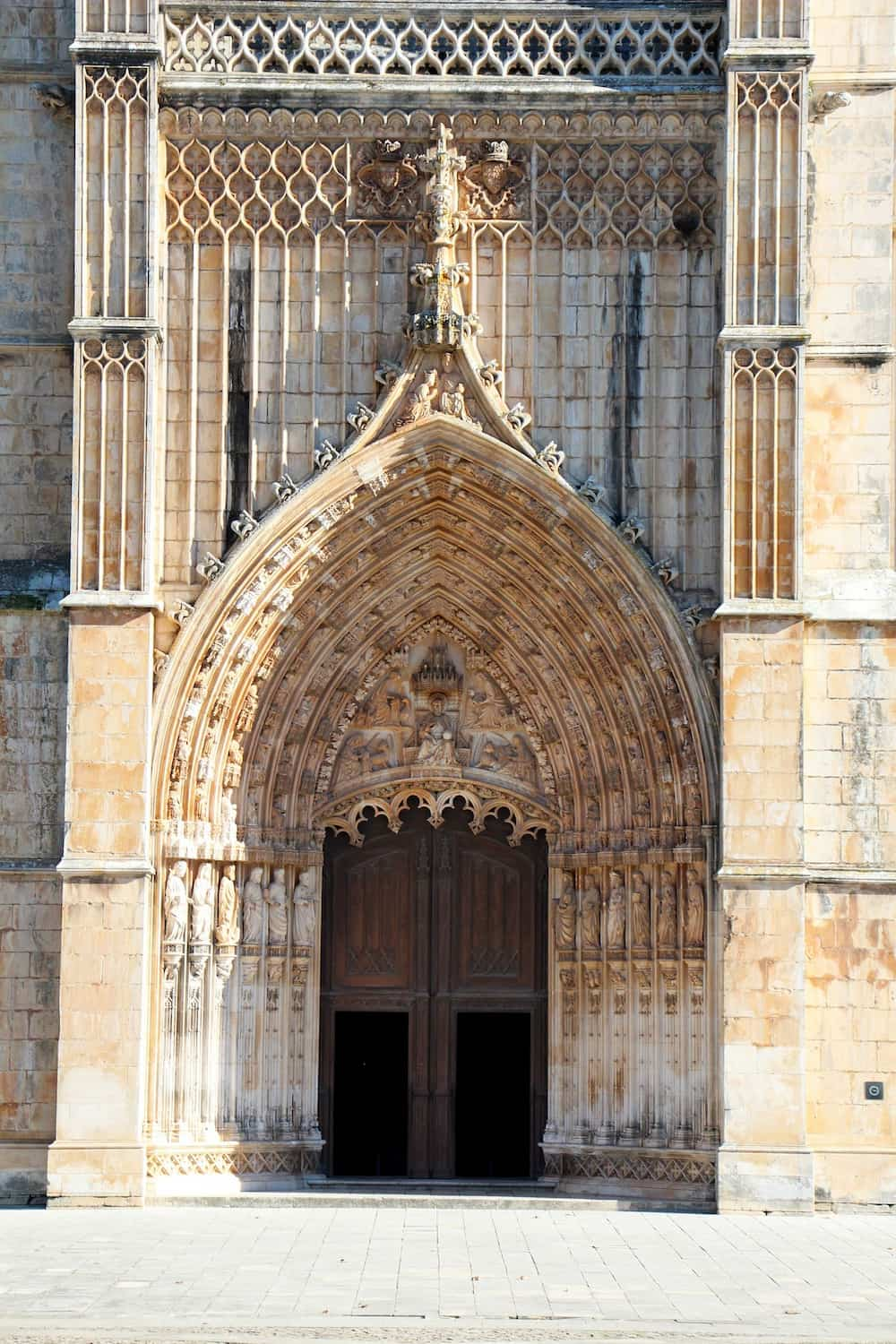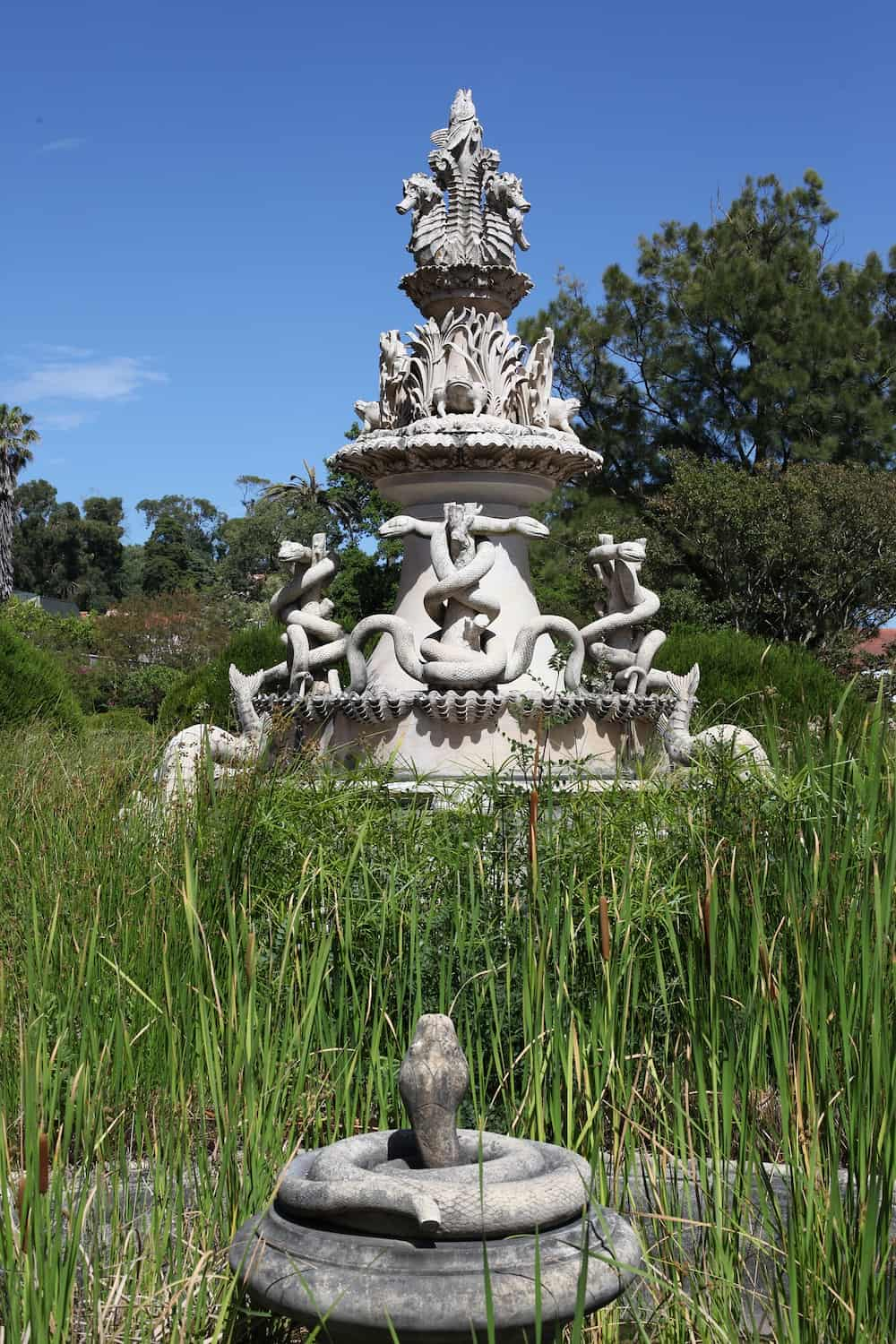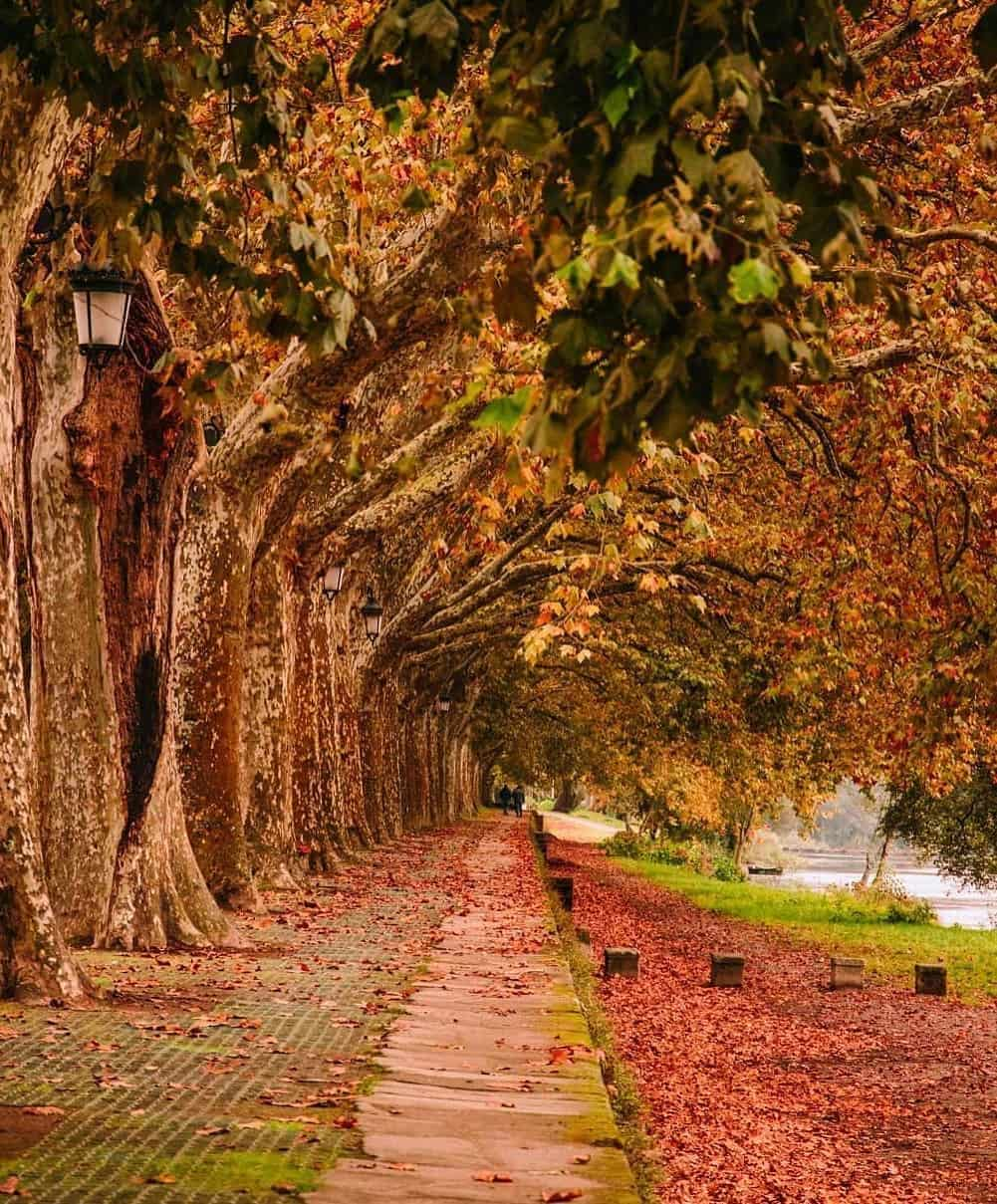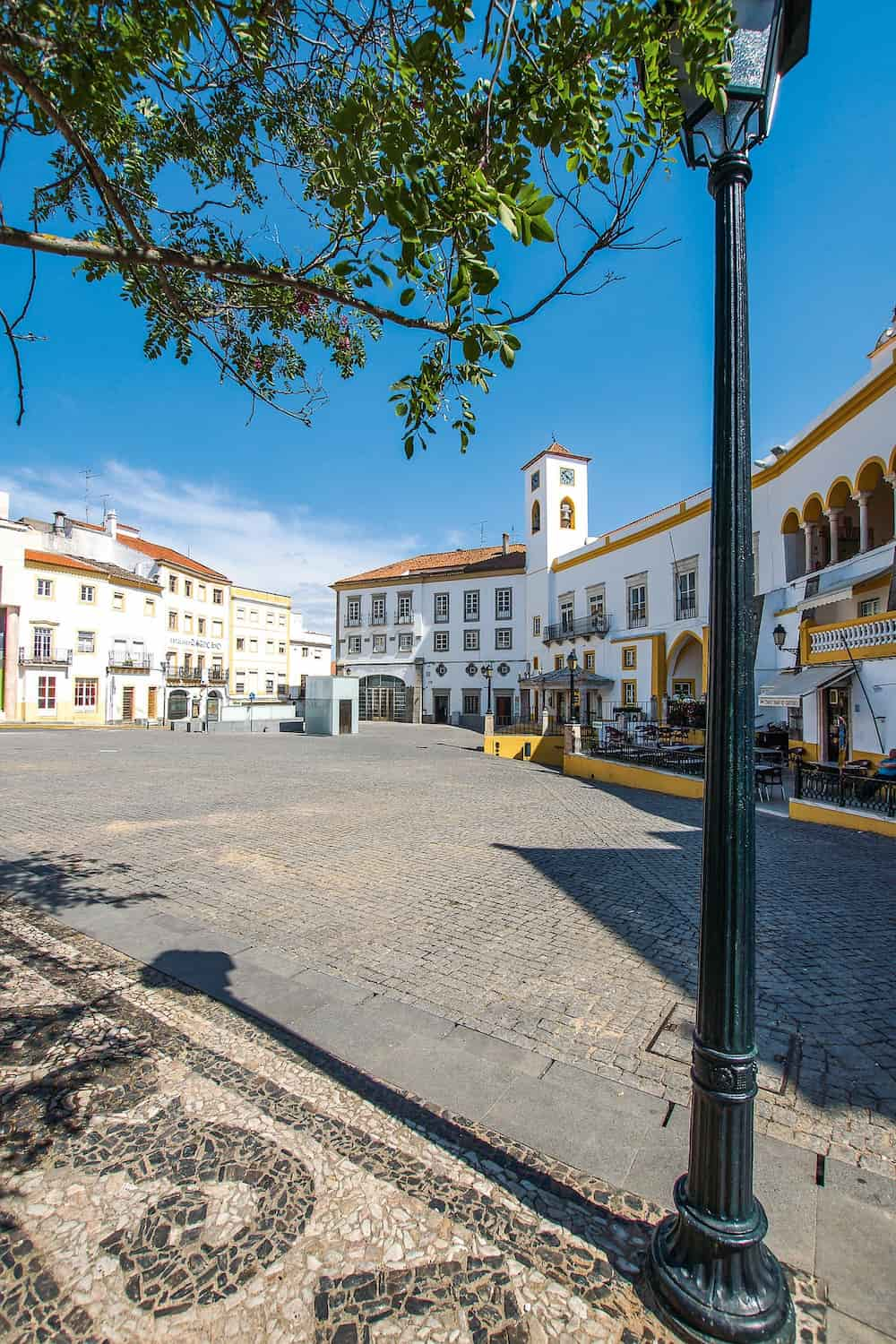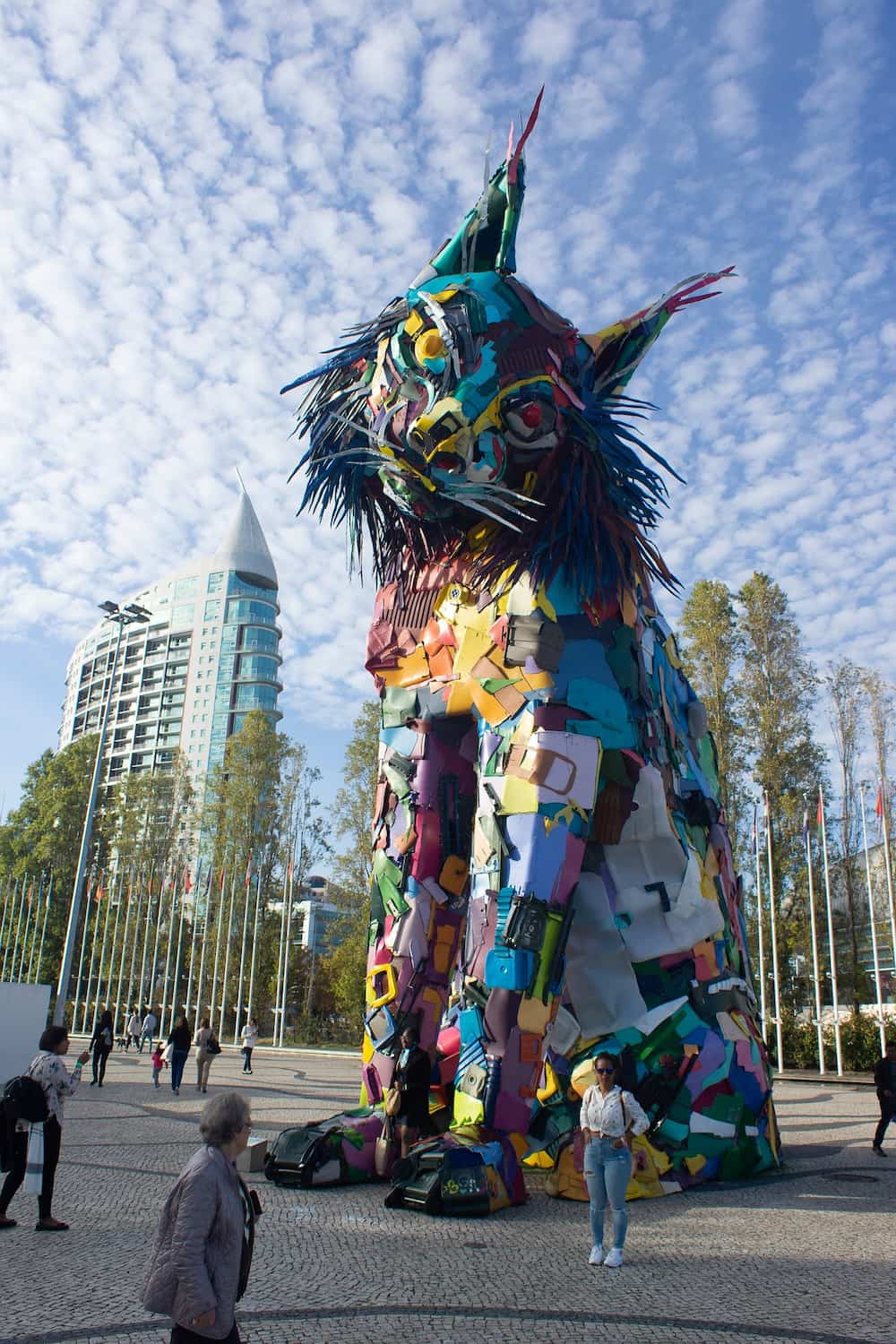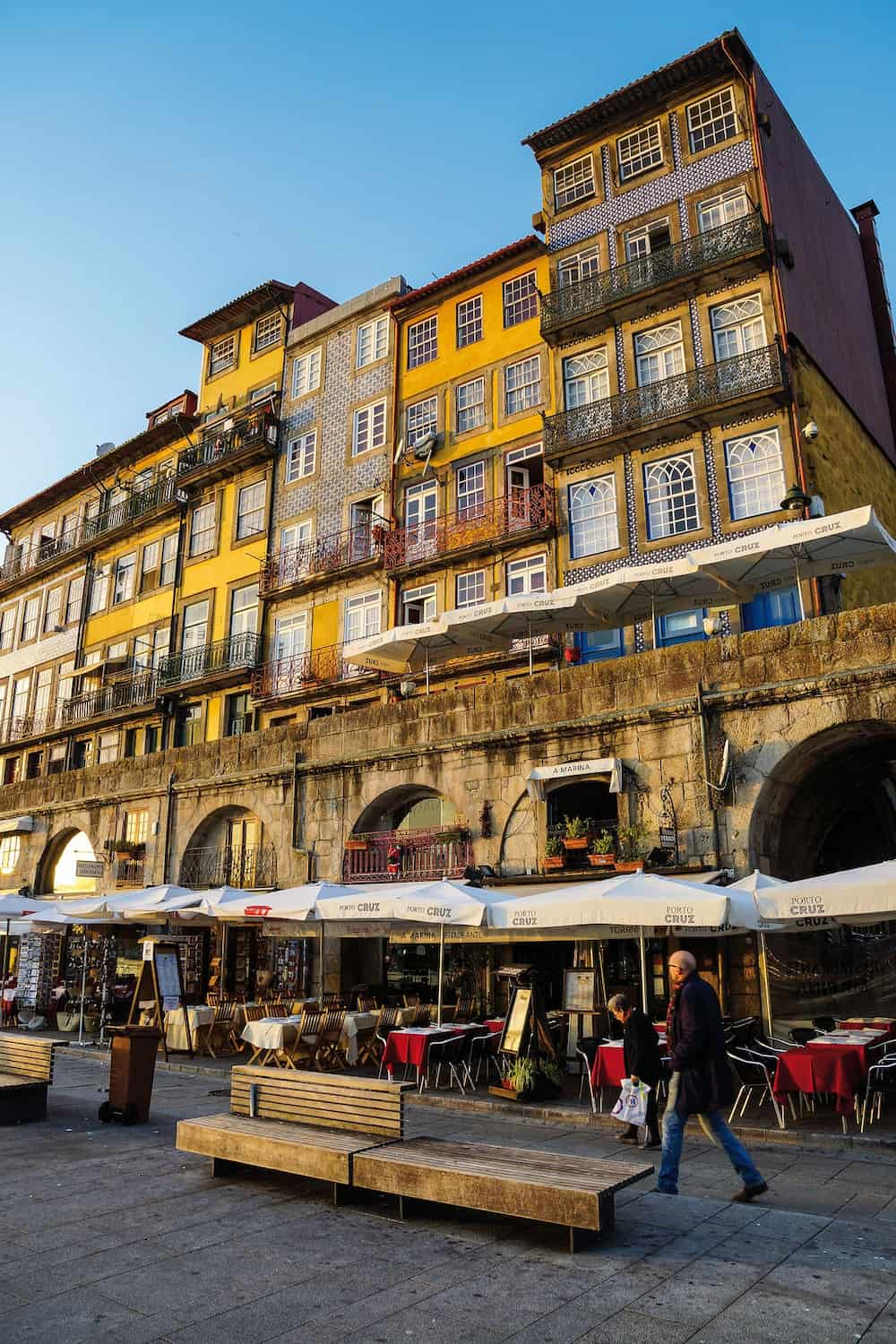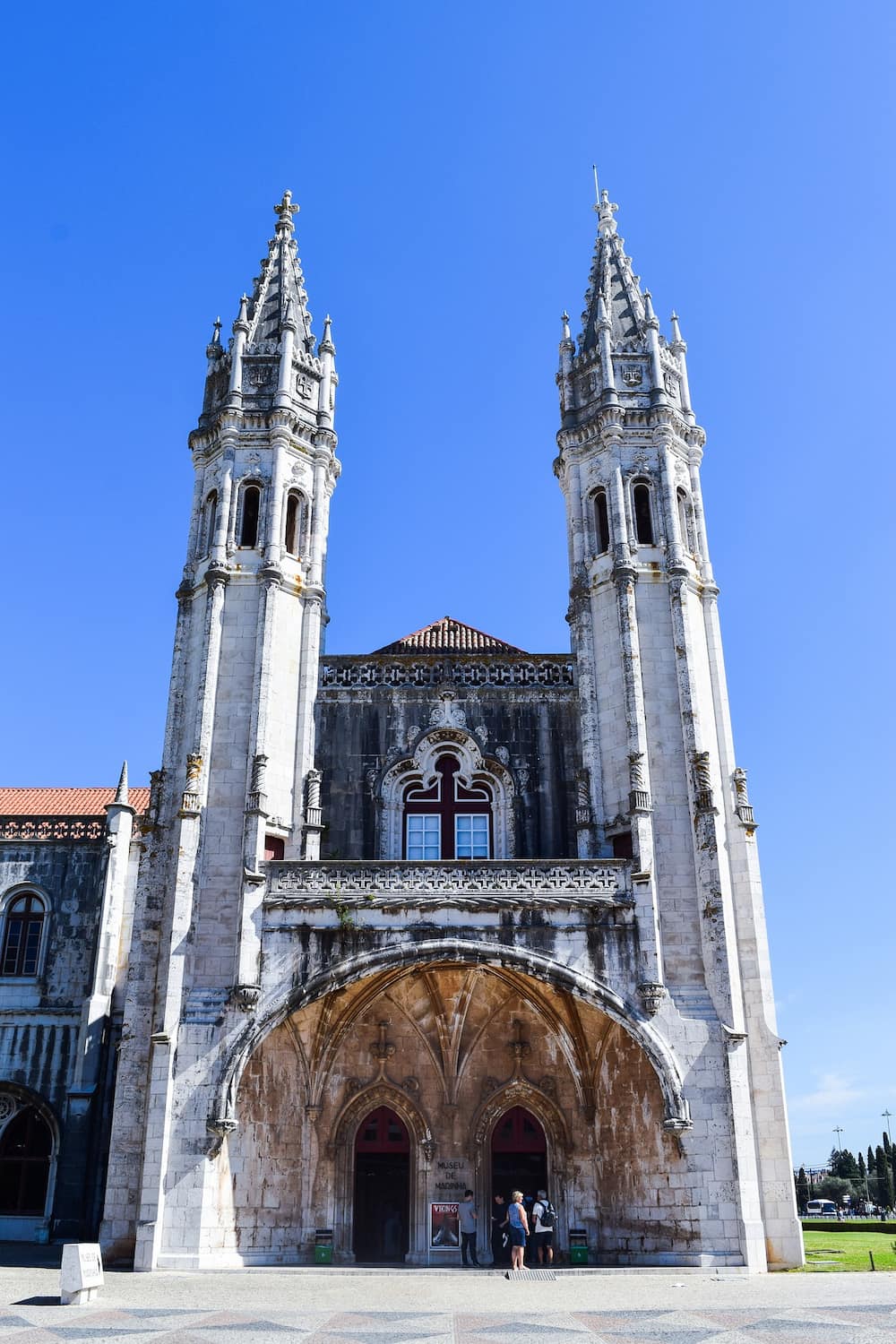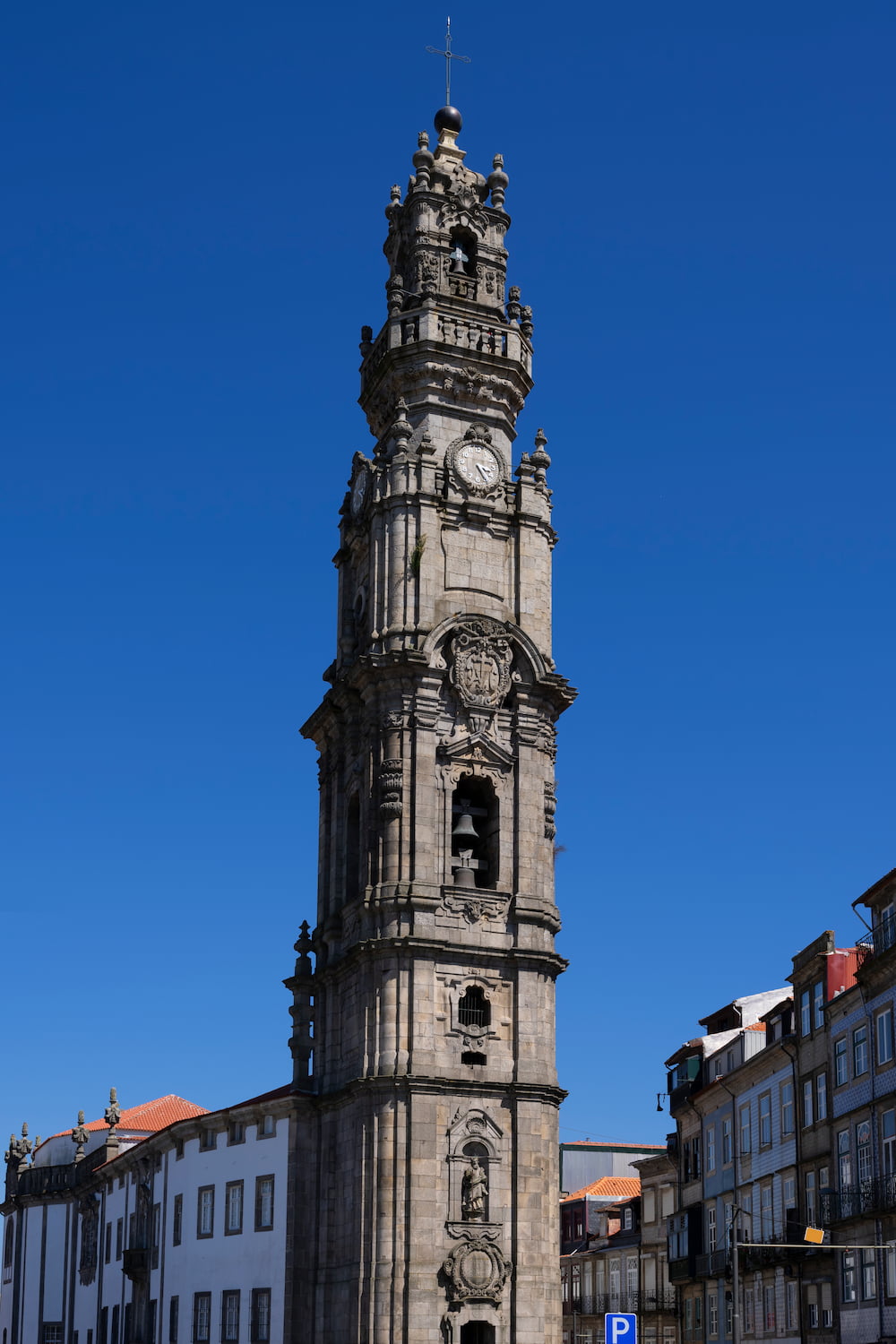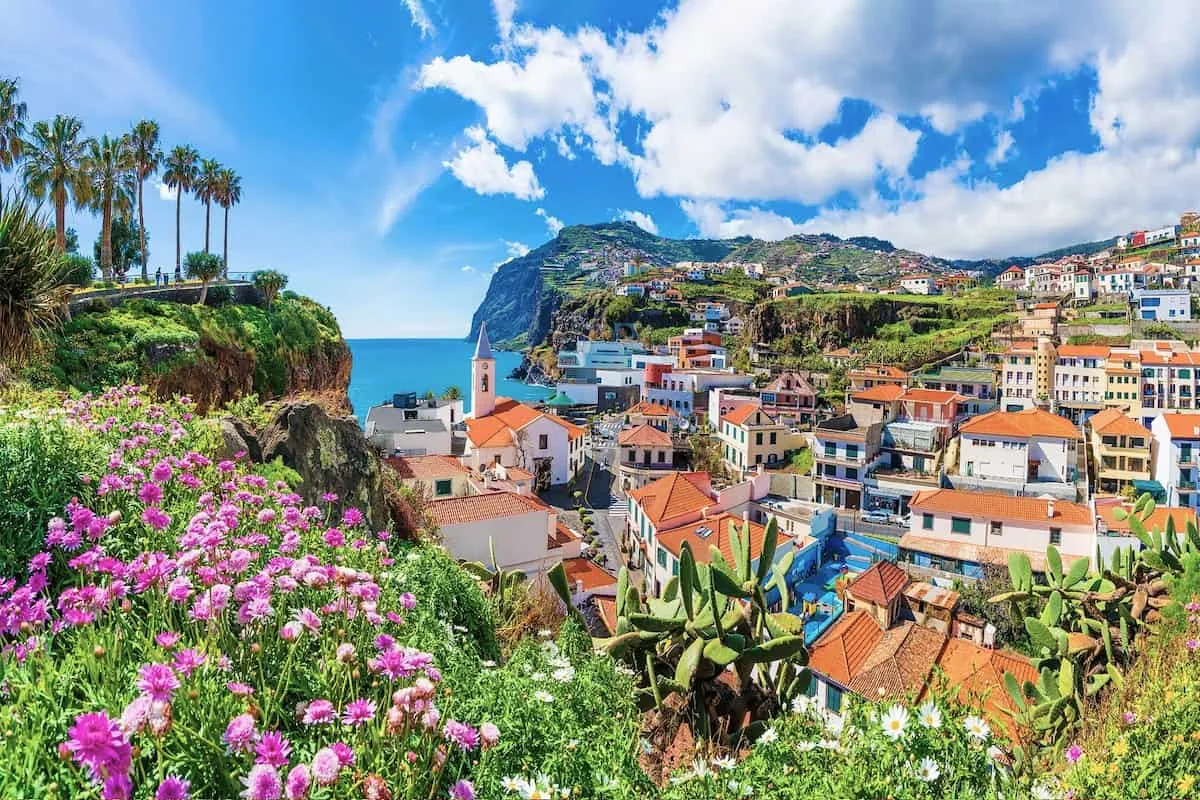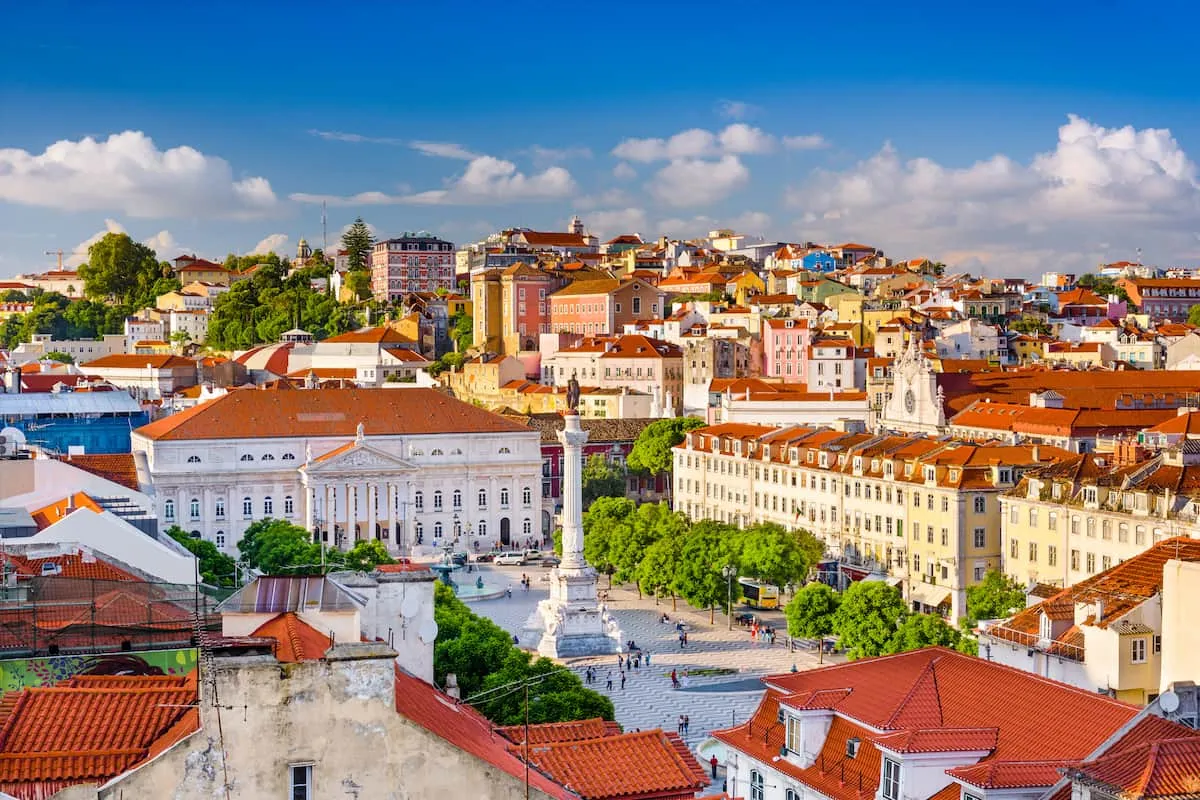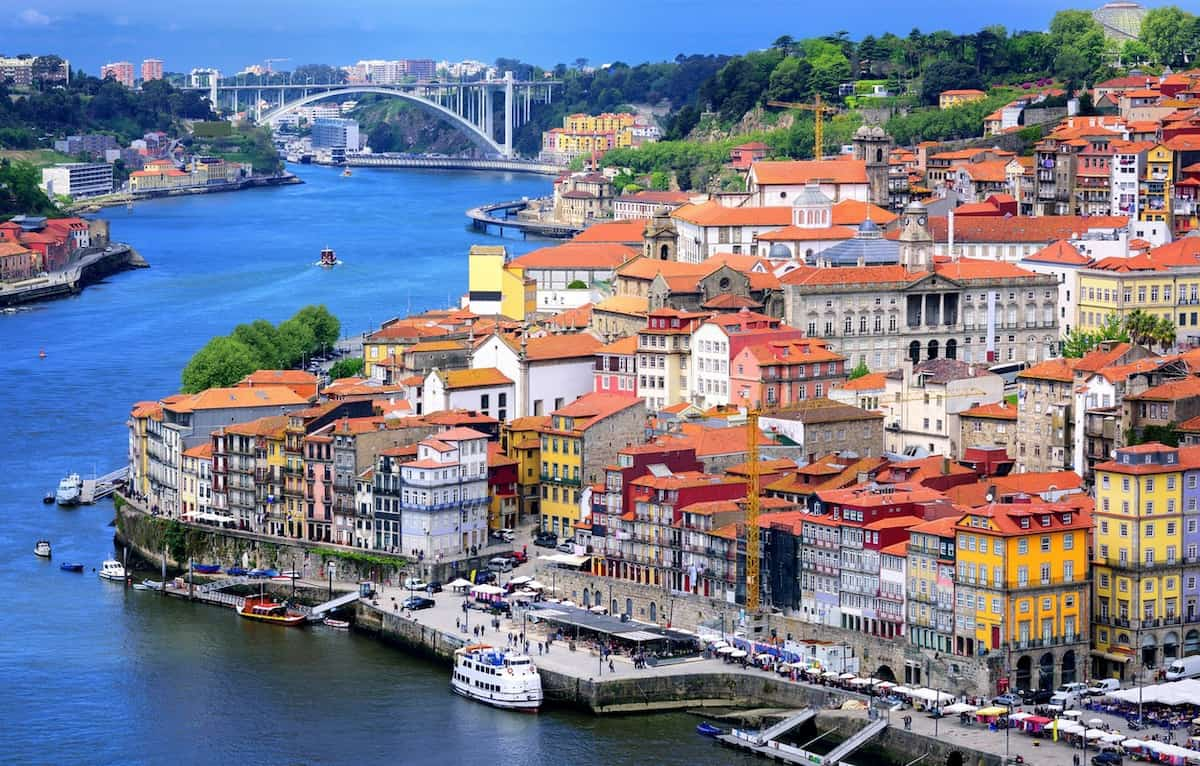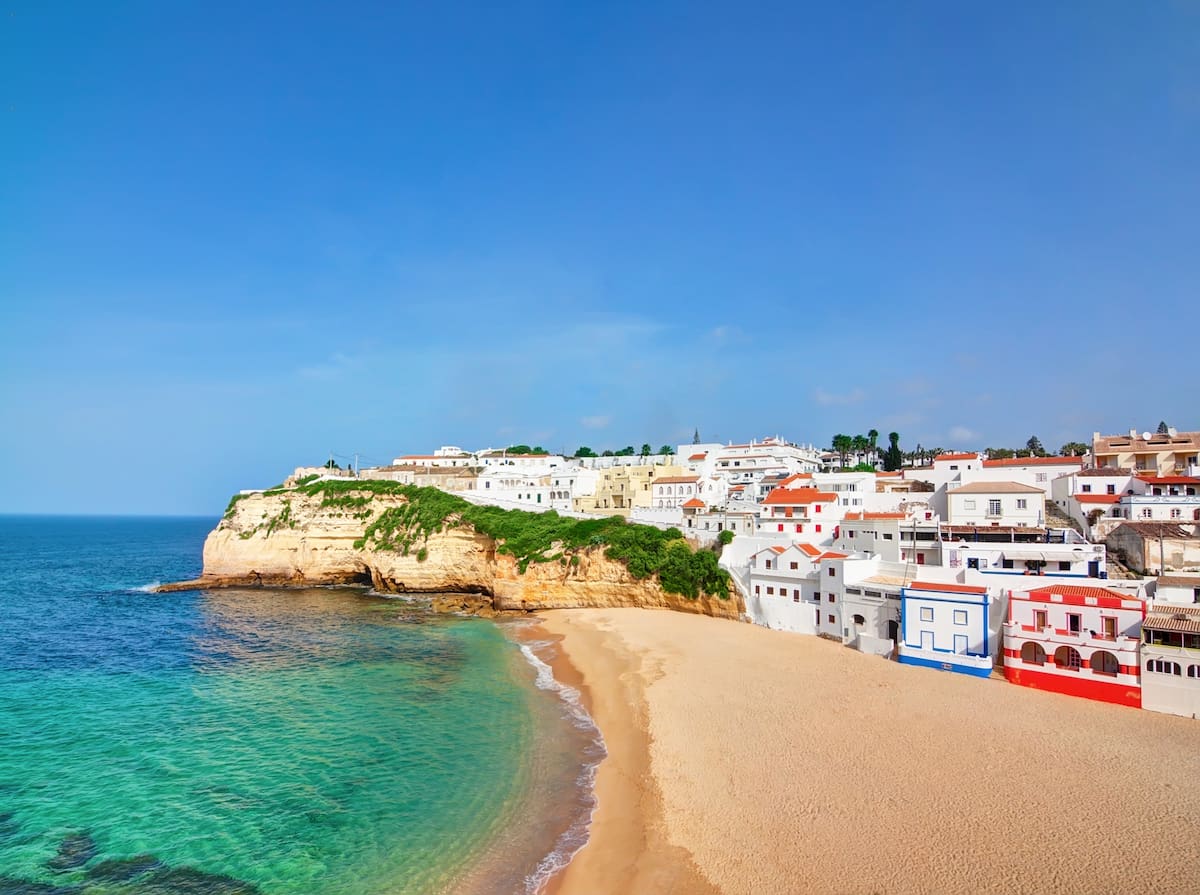From the beaches of the Algarve to the vineyards of the Douro Valley, this gem of the Iberian Peninsula offers a treasure trove of experiences for every type of traveler.
Portugal’s temperate climate means there’s no bad time to visit. But each season brings its own unique charm and challenges. In this guide, we’ll dive into the best times to visit different regions, what to expect in each season, and how to make the most of your Portuguese adventure, no matter when you go.
1. Portugal’s Climate Overview – Understanding the Weather Patterns 🌡️☀️
Spring: A Blossoming Paradise
🌸 Springtime magic: From March to May, the country bursts into life with wildflowers carpeting the countryside. This is an ideal time for sightseeing and outdoor activities, with comfortable temperatures perfect for exploring cities like Porto or taking a day trip from Lisbon to the enchanting town of Sintra.
📅 Spring highlights: In spring, you’ll find:
- Mild weather perfect for hiking in the mountainous regions
- Less crowds at popular attractions
- Vibrant festivals like Holy Week celebrations
🍇 Valley tip: Don’t miss the chance to visit the Douro Valley in spring. The vineyards are just starting to green up, and the scenery is absolutely breathtaking.
Summer: Sun-Soaked Adventures
☀️ Summer vibes: Summer in Portugal, from June to August, is when the country really comes alive. The beaches of the Algarve are at their best, and festivals are in full swing. However, be prepared for the heat of summer, especially in central Portugal.
🏖️ Summer fun: Summer highlights include:
- Beach resorts buzzing with activity
- Festas like São João in Porto
- Perfect weather for exploring the Azores
💰 Budget tip: If you’re planning a beach holiday, consider visiting in early June or late August. You’ll still get great weather, but prices are slightly less eye-watering than in peak season.
Autumn: A Feast for the Senses
🍂 Autumn charm: September and October are, in my opinion, the best months to visit Portugal. The weather is still warm and pleasant, but the summer crowds have dispersed. It’s the perfect time to enjoy outdoor activities and soak in the local culture.
🍷 Fall activities: Autumn is great for:
- Wine tasting during the grape harvest season
- Exploring UNESCO World Heritage sites without the crowds
- Enjoying comfortable temperatures for sightseeing
🍇 Harvest tip: Head to the Alentejo region in autumn. The rolling hills are beautiful, and you can participate in the grape harvest at local wineries.
Winter: Cozy Charm and Big Waves
❄️ Winter wonder: Winter in Portugal, from November to February, offers a different kind of charm. While it’s the country’s wet season, you’ll still find plenty of sunny days, especially in the Algarve region.
🏄 Winter perks: Winter is perfect for:
- Experiencing the country’s festive side, especially around Christmas
- Watching (or surfing) the massive waves in Nazaré
- Enjoying the mild winters in southern Portugal
🌊 Surf tip: If you’re interested in surfing, winter is the best time to catch some serious waves. Experienced surfers flock to the coastline during this season.
2. Best Times to Visit Specific Regions – A Regional Guide 🗺️
Northern Portugal
🍂 Spring or fall: If you’re wondering when to visit northern Portugal, I’d say late spring (May-June) or early fall (September-October) is your best bet. The weather is pleasant, and you’ll avoid the chilly, wetter winters that the northern regions tend to experience.
🎉 Festival time: Porto, one of the crown jewels of the country, is a must-visit. In June, the city comes alive with the Festa de São João.
🍇 Wine tip: If you’re a wine lover, head to the Douro Valley in September. The grape harvest season begins, and the scenic vineyards are a sight to behold.
Central Portugal and Lisbon
🌸 Spring charm: For Lisbon and the central regions, I recommend visiting in spring (March-May) or fall (September-October). You’ll enjoy comfortable temperatures perfect for exploring the historic neighborhoods of Belém or climbing the town’s seven hills.
📋 Spring highlights: Here’s why I love visiting Lisbon in spring:
- The jacaranda trees bloom, painting the city purple
- Festas and parades start popping up throughout the city
- It’s the perfect time for outdoor activities like hiking in Sintra
- You can enjoy fresh sardines as the season begins
- The summer heat and crowds haven’t arrived yet
💰 Budget travel: Visit in March, and you might catch some rain, but you’ll also find great deals on accommodations and fewer tourists.
The Algarve
🏖️ Beach perfection: If you’re planning a beach holiday, the Algarve is your go-to destination. While summer is peak season, I personally prefer visiting in late spring or early fall. The weather is still warm enough to head to the beach, but you’ll avoid the intense summer heat and crowds.
🍹 September magic: September is an excellent time to visit the Algarve. The water is warm, the summer crowds have dispersed, and you can also celebrate the end of summer with locals at various festas.
Serra da Estrela
⛰️ Mountain getaway: For those who love mountain scenery, Serra da Estrela is a must-visit. This region has a more extreme climate compared to the rest of the country. I suggest visiting in late spring when the wildflowers are in bloom, or in early fall for hiking. Winter can be chilly, but it’s the only ski resort if you’re into winter sports.
Azores and Madeira
🌺 Island paradise: These Portuguese islands have a temperate climate year-round, but they also tend to have their own weather patterns. For the Azores, I recommend visiting between June and September for the best weather. Madeira is lovely year-round, but May is spectacular with the Festa da Flor (Flower Festival) in Funchal.
☔ Rainy season: Remember, the wet season typically runs from November to March, with the northern regions getting the most rainfall. But don’t let that deter you – there’s something special about cozying up in a Porto café with a pastel de nata and watching the rain fall on the Douro River.
3. Considerations for Different Types of Travelers – Finding Your Perfect Time 👥
🏖️ Summer fun: If you’re all about sun, sand, and sea, summer (June to August) is your prime time. The Algarve region is particularly popular, with its golden beaches and warm waters. However, keep in mind that this is peak tourist season, so expect crowds and higher prices.
🌊 Beach tip: For a more relaxed beach experience, consider visiting in early September. The weather is still warm, the water temperature is at its peak, and the summer crowds have started to thin out.
🏛️ Cultural exploration: For those interested in the local rich history and cultural offerings, spring (March to May) or fall (September to October) are ideal. During these shoulder seasons, you’ll enjoy:
- Pleasant temperatures for exploring cities
- Less crowds at major attractions
- Various cultural festivals and events
- Better rates on accommodations
🎉 Festival fun: Don’t miss the Festa de São João in Porto in June, or the Festa dos Tabuleiros in Tomar, held every four years in July.
🥾 Outdoor adventures: If hiking, cycling, or other outdoor activities are your thing, aim for spring or fall. The weather is mild, and the countryside is either in bloom (spring) or showing beautiful autumn colors (fall). Some highlights include:
- Hiking in the Serra da Estrela
- Cycling through the Douro Valley
- Surfing in Nazaré (best waves in autumn and winter)
💰 Budget-friendly: For the best deals, consider visiting during the off-season (November to February, excluding holidays). While it might be chillier and wetter, especially in northern Portugal, you’ll benefit from:
- Lower accommodation prices
- Fewer tourists at major attractions
- A more authentic local experience
🎟️ Money-saving tip: Many museums offer free entry on the first Sunday of each month.
🍷 Wine lovers: If you’re a wine lover, autumn is your season. September and October are harvest time in regions like the Douro Valley and Alentejo. You can:
- Participate in grape harvesting
- Attend wine festivals
- Enjoy wine tasting with stunning fall foliage as a backdrop
🎉 Festival highlights: Portugal loves its festivals, and there’s something happening year-round. Some highlights:
- Carnival in February (nationwide)
- Santo António Festival in Lisbon (June)
- NOS Alive music festival near Lisbon (July)
- Porto Wine Fest (June/July)
4. Tips for Visiting Portugal in Any Season – Be Prepared for Your Trip 🧳✈️
Packing Essentials
🧥 Layer up: The weather can be unpredictable, especially in spring and fall. I always pack layers – a light jacket, a sweater, and a waterproof windbreaker are my go-to’s.
👟 Comfortable shoes: With cobblestone streets and hilly cities, comfortable walking shoes are a must.
🕶️ Sun protection: Even in winter, Portugal gets plenty of sunshine. Pack sunglasses, a hat, and sunscreen.
Transportation Tips
🚊 Public transport: In cities like Lisbon and Porto, public transport is excellent. I recommend getting a reloadable Viva Viagem card in Lisbon or an Andante card in Porto. They’re easy to use and will save you money.
🚗 Driving: If you’re planning to explore the countryside, renting a car can be a great option. Just be prepared for some narrow roads and aggressive drivers in cities. And remember, they drive on the right side of the road here!
Cultural Know-how
🗣️ Learn some Portuguese: While many Portuguese speak English, especially in tourist areas, learning a few basic phrases goes a long way. “Obrigado/a” (thank you) and “Por favor” (please) are great starts.
⏰ Meal times: Portuguese eat later than you might be used to. Lunch is typically around 1-3 PM, and dinner starts around 8 PM.
💶 Tipping: Tipping isn’t as expected as in some countries, but it’s appreciated. In restaurants, 5-10% is standard if the service was good.
Seasonal Considerations
🌸 Spring: Be prepared for some rain, especially in the north. But you’ll be rewarded with beautiful blooms and fewer crowds.
☀️ Summer: It can get hot, especially inland. Stay hydrated and plan indoor activities during the hottest part of the day.
🍇 Fall: This is wine harvest season in regions like the Douro Valley. It’s a great time to visit if you’re a wine enthusiast.
❄️ Winter: While mild compared to many places, it can get chilly and wet. Pack warm clothes and a good umbrella.
Money-Saving Tips
💰 Off-season travel: If you’re on a budget, consider visiting in the shoulder season (April-May or September-October). You’ll find lower prices and fewer crowds.
🎫 City passes: Many cities offer tourist passes that include public transport and entry to multiple attractions. They can be a great value if you plan to do a lot of sightseeing.
🍽️ Eat like a local: Skip the tourist traps and look for small, local restaurants. The “prato do dia” (dish of the day) is often an excellent value.
Remember, Portugal is a country that rewards curiosity and openness. Don’t be afraid to wander down that narrow alley or strike up a conversation with a local. Some of my best experiences here have come from unplanned moments and chance encounters.
FAQs about trips to Portugal ❔
What month is best to see Portugal?
The best months to visit Portugal are generally April, May, September, and October. These months offer pleasant weather, fewer crowds, and lower prices compared to the peak summer season.
What is the rainy season in Portugal?
Portugal’s rainy season typically runs from November to March, with the heaviest rainfall usually occurring in December and January. The northern regions tend to experience more rainfall than the south during this period.
What is the cheapest month to visit Portugal?
The cheapest months to visit Portugal are typically November through February, excluding the holiday season. During these months, you’ll find lower prices on accommodations and flights, as well as fewer tourists.
What is the average temperature in Portugal by month?
Portugal’s average temperatures range from around 11°C (52°F) in winter to 23°C (73°F) in summer, with variations depending on the region. Coastal areas tend to have milder temperatures year-round compared to inland regions.
What is off season in Portugal?
The off season in Portugal generally runs from November to March, excluding the Christmas and New Year period. This is when you’ll find fewer tourists, lower prices, and potentially cooler and wetter weather, especially in the north.
